Ever wondered which glasses go with which wine? Should red wine be served at room temperature? Now you’ve taken the time and effort to source the perfect wine to accompany your meal and impress your friends it’s worth going the extra mile to get the most from your wine. At first glance, wine etiquette may seem a trifle over the top but, in fact, it's pretty straightforward and exists to give you the best possible wine tasting experience possible. We've broken it down into a few simple steps that will soon have you serving like a pro.
Wine 101: Serving Basics
1. Select the Right Glass
Sometimes you have to drink wine out of whatever is at hand, be it a coffee mug or plastic tumbler, we’ve all done it. However, fine wine is a pernickety beast and odd as it may seem, serving it in the correct glass will enhance the way it tastes.
In 2015, a Japanese study captured images of ethanol vapors as they varied in density and position in different shaped glasses. This may not seem like a big deal but it's important because the vapors carry the aromatic compounds, responsible for creating the majority of flavors in wine, to your nose. So certain glass shapes best suit certain wines. Let's break it up into white, red and special wines.

-
Glasses for White Wine
White wine is typically served in smaller bowled glasses because it preserves floral aromas, maintains cooler temperatures, expresses acidity, and delivers more aromas simply by being in close proximity to your nose. However, full-bodied white wines like oak-aged Chardonnay are better in a larger bowl, or Montrachet glass, which emphasizes the wine's creamy texture.
-
Glasses for Red Wine
The aim of choosing the right red wine glass is to downplay any bitter tannins and spices and emphasize the wine's smoother qualities. Typically, that means a glass with a wide opening, like a Burgundy or large Bordeaux glass.
-
Glasses for Dessert and Sparkling Wines
Port just isn’t Port in any other glass. The same applies for other dessert wines, from Sherry to Sauternes. A small, narrow-topped glass reduces evaporation for these high alcohol beverages. As for Champagne flutes, well, they’re always the go-to for formal entertaining.
-
Wine Glasses for Real Life
For most of us, it simply isn’t practical or affordable to amass a wine glass collection of epic proportions at home, whether that’s down to lack of storage space, or lifestyle (kids + dogs + wine glasses, anyone?). In which case, consider picking up some good quality ‘universal’ glasses.
A long stemmed, thin rimmed, white Burgundy glass will suffice for bubbles and most wines, and you may find they become your favorite glass. Alternatively, if you typically drink ballsy reds, for example, then invest in a few Bordeaux glasses. Be sure to buy clear, not colored, and print-free wine glasses so you can properly examine your wine.
PRO TIP: Thinner glass rims are more expensive and fragile, but they’re so much more elegant and enjoyable to drink from.

2. Temperature
Does serving wine at a certain temperature affect the way it smells and tastes? Yes. Does that temperature differ from wine to wine? It does, but generally speaking we can group them by sparkling, white and rosé, and red.
-
Bubbles (38°F to 45°F)
Some people like to pop their bubbly in the freezer for an hour before opening (just remember to get it out or it will explode), but for more impromptu affairs, nestle the bottle in an ice bucket for 30 minutes. Icy temperatures keep the bubbles fine. Once you’ve poured your first glasses, remember to leave the bottle on ice until empty. N.B. Expensive sparkling wines do better at white wine temperatures.
-
White and Rosé Wine (44°F to 57°F)
Buying in advance? Get that white wine and rosé in the fridge as soon as you get it home. For a bottle you’ve bought the same day, leave it to cool in the fridge for several hours, or in the freezer for 30 minutes. Once poured, the wine will aerate in the glass and the aromas blossom as the temperature slowly rises. Keep white wines in the refrigerator between pours. One exception to this rule is orange wines, you can leave that on the table.
-
Red Wine (53°F to 65°F)
Many people mistakenly believe that red wine should be served at room temperature. In fact, serving it a little cool is best. Put it in the fridge for half an hour, or in the freezer for 15 minutes before serving. After opening, leave to warm slowly.
Light reds like Pinot Noir, for example, taste best on the cool side. The bottle should be cool to the touch and the wine cool in the mouth. Red wine served at room temperature will taste more alcoholic or “hot” and be heavier in the mouth.
PRO TIP: Serving affordable wine at cooler temperatures will disguise any ‘off’ aromas.

3. Serving Wine: Tools and Rules
Before you reach for your wing corkscrew and dismiss the waiter’s friend (that fiddly multi-tool wielded with aplomb by sommeliers while being potentially lethal in the hands of anyone else), there are a few interesting reasons why certain ways of opening wine are considered ‘correct’. If you want to open wine like a pro it pays to be in the know.
- Cut the foil: Sommeliers use their waiter’s friend knife to cut at the bottom lip, not top. Why? Because foils were historically made of lead. It also reduces drippage when pouring at the table. Foil cutters cut at the top lip, which is more aesthetically pleasing during a wine tasting, for example, when the bottle is on display.
- Draw the cork: First, insert the cork slightly off center so that the radial diameter of the ‘worm’ (the curly part of the wine opener) is centered. This will minimize the chances of tearing the cork. Roughly seven turns is enough to reach the sweet spot.
4. To Decant or Not Decant?
You’ll no doubt have read that decanting is essential for improving the flavor of red (indeed, any) wine. However, not all wine experts agree. Santa Barbara-based veteran winemaker Greg Martellotto believes that wine aerates sufficiently when swirled in the glass and mouth, and that wines that are 25 years or older are so fragile that decanting can actually ‘damage’ them.
That said, a small handful of wines do benefit from decanting, although it can be tricky to know which ones. Typically, they’ll be young, tannic wines and some older, high end Bordeaux, Burgundy and Italian wines, and some expensive Napa Cabs.
If you do decant, pour your fine wine into a glass pitcher for 30-45 minutes.

5. How to Pour Wine
At long last, it’s time to pour. You won’t be surprised to learn that, as with every step, there are a couple of things you need to know beforehand. A standard pour tends to be between 5-6oz. (150-180 mls), even though many glasses will hold much more. The most important thing is to leave room between the top of the wine and the nose of the glass as this is where the aromas collect. Sorry, no more filling them to the top.
PRO TIP: Hold your wine glass like a pro by grasping it at the base of the stem between your forefinger and thumb. This avoids any risk of your hands heating up the wine.
Now that you’re fully versed on the basics of serving wine, why not join the BHW Wine Club and enjoy fine wines every month to pair with wine and cheese or show off your new somm-like serving skills? Our wine experts taste 4,500 wines every year and cherry pick only the very best, be they rare vintages or under the radar gems going for a song, to eliminate trial and error.
New to wine? Don’t miss our BHW ‘Guide to Tasting Wine’ (Coming soon)




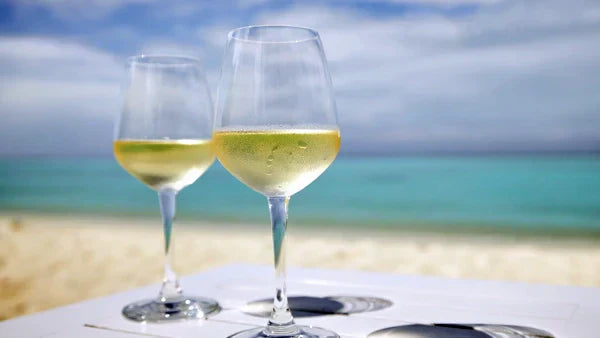
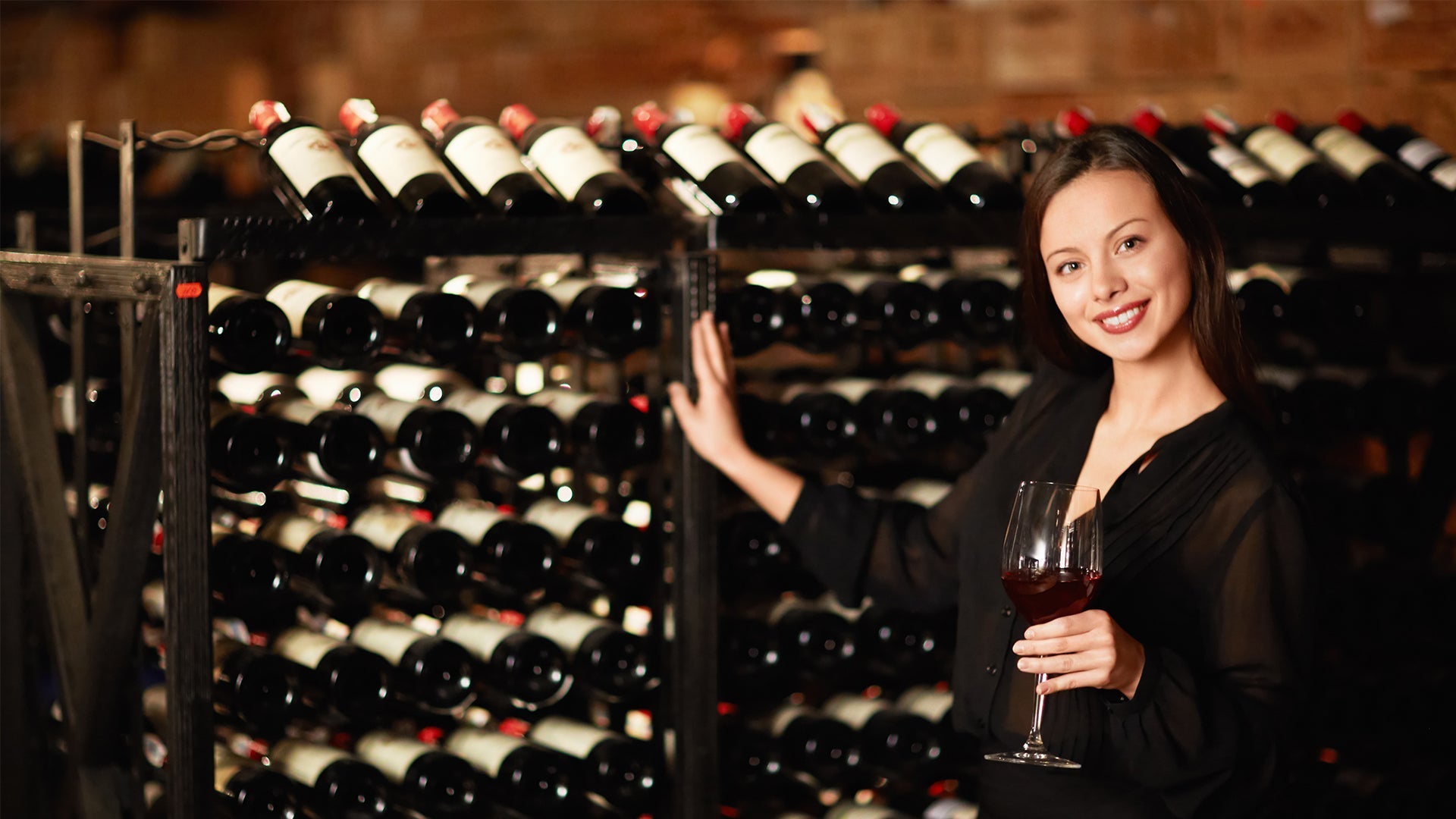

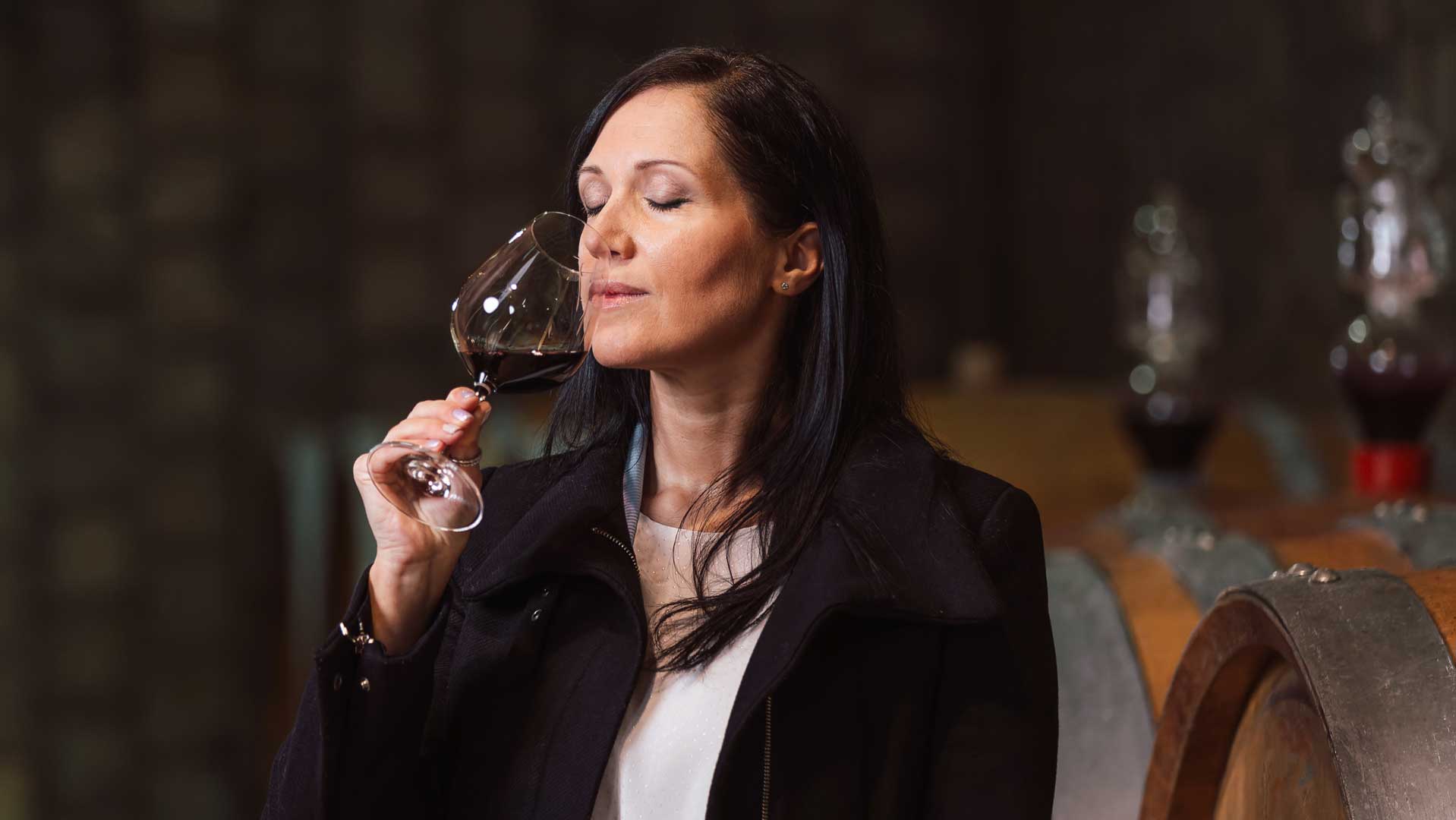
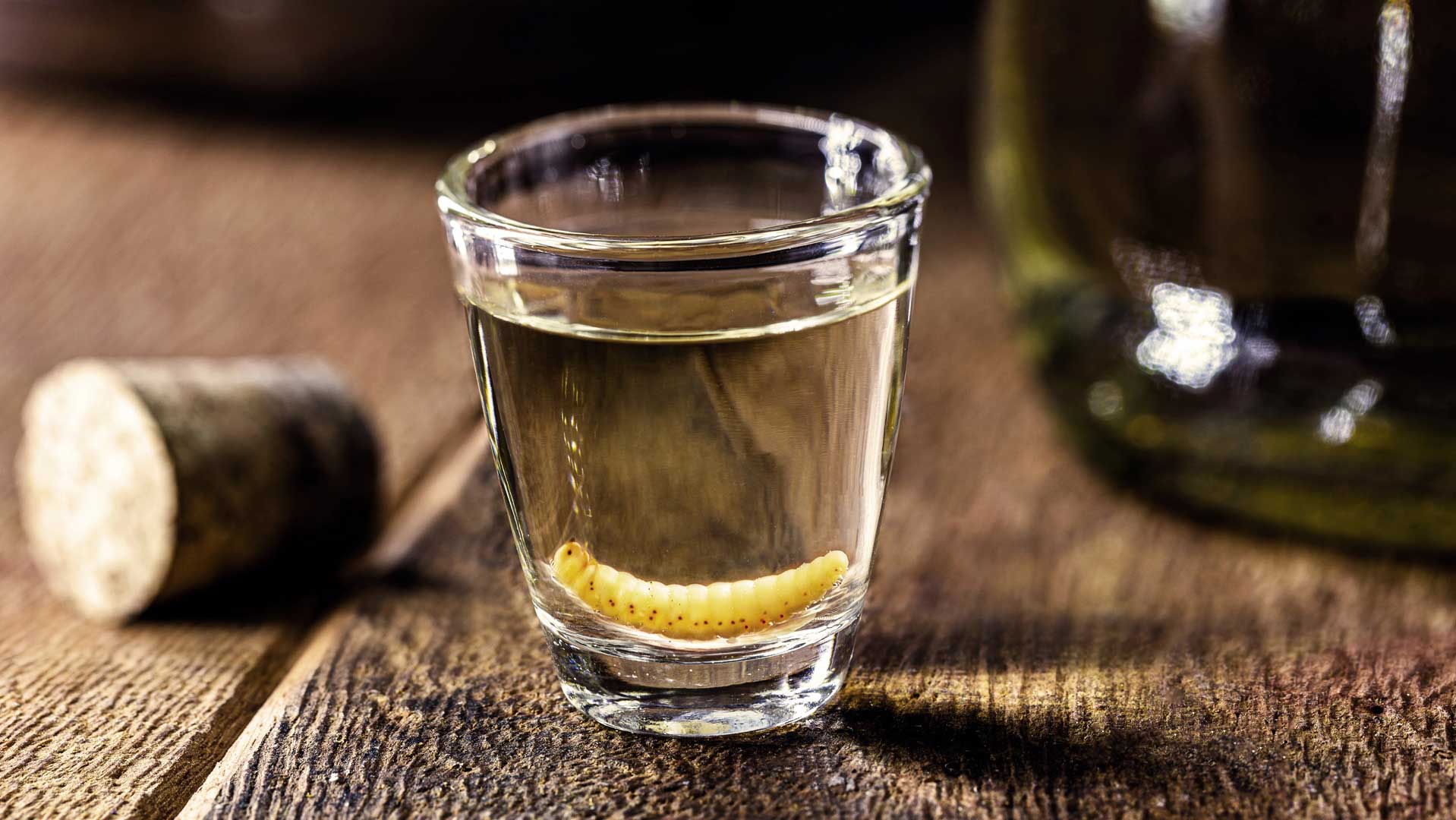


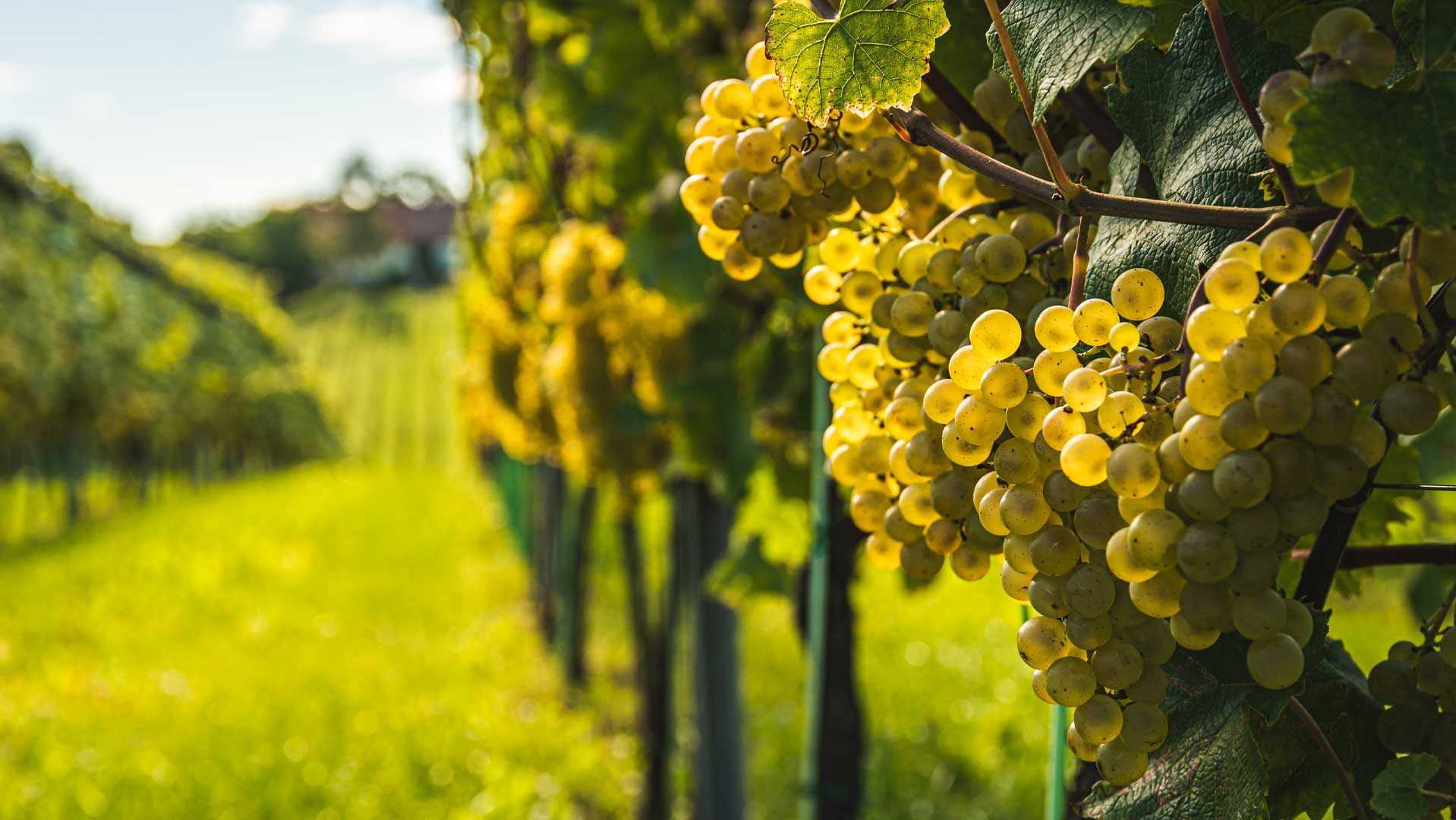
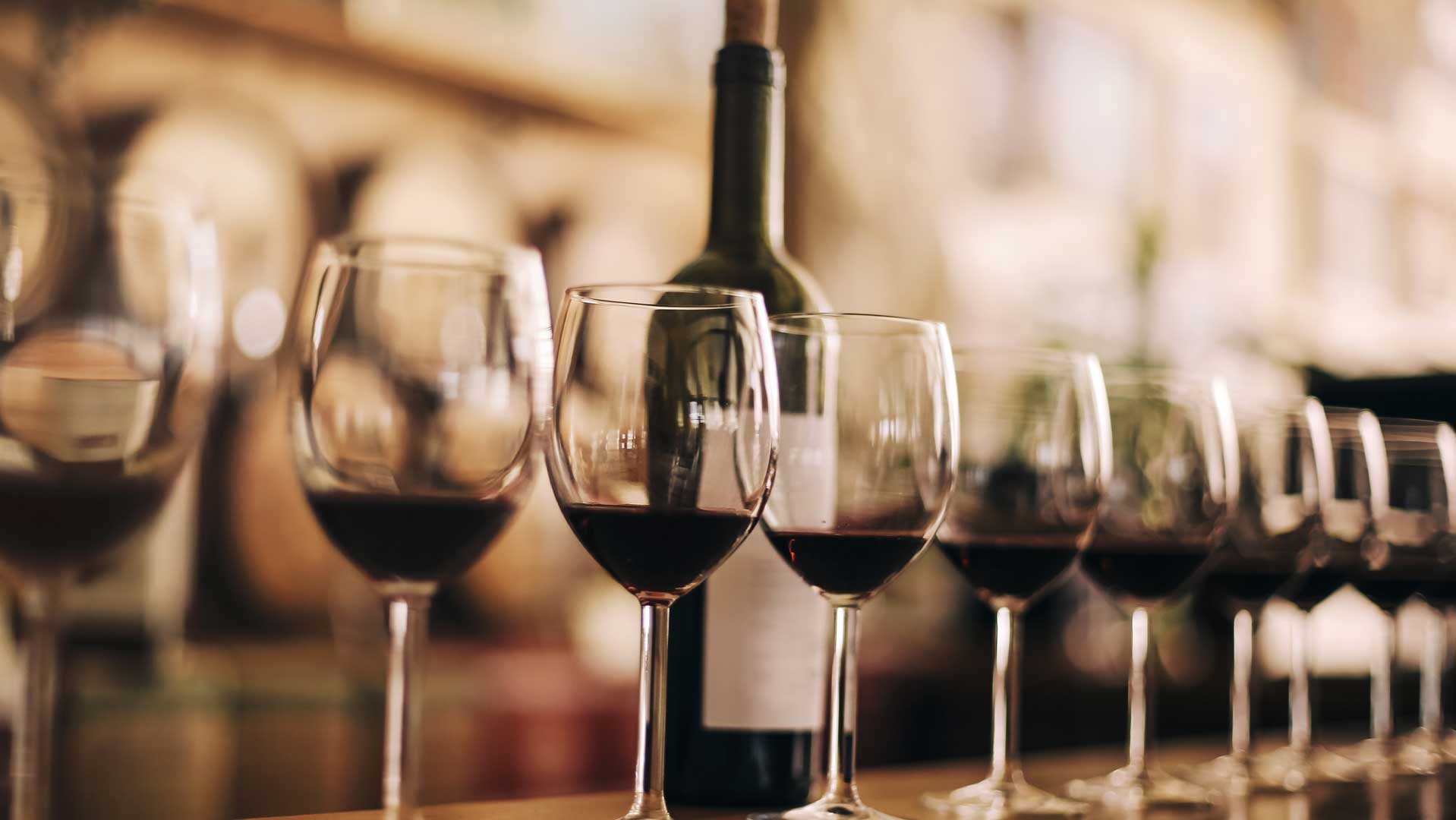
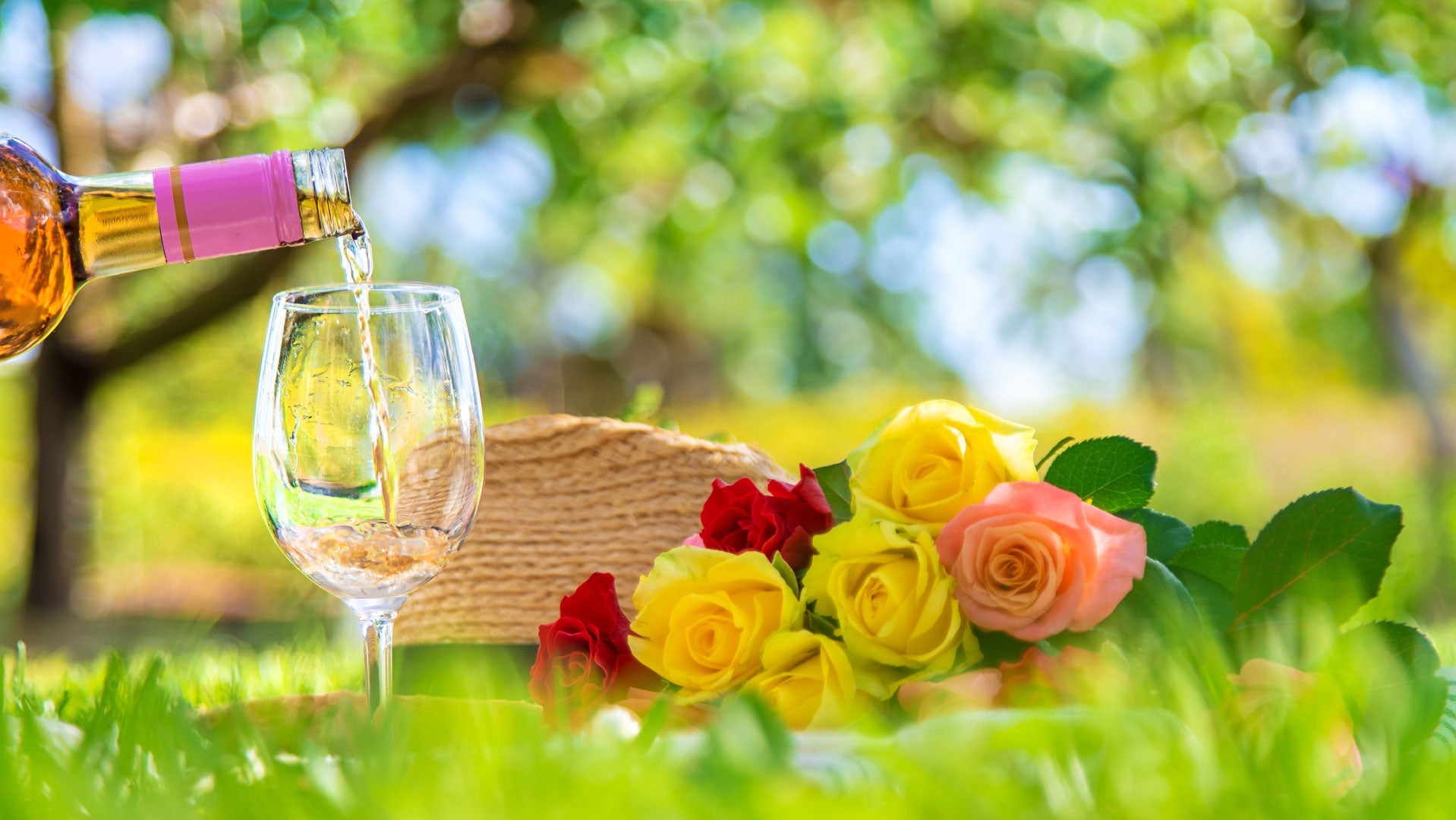


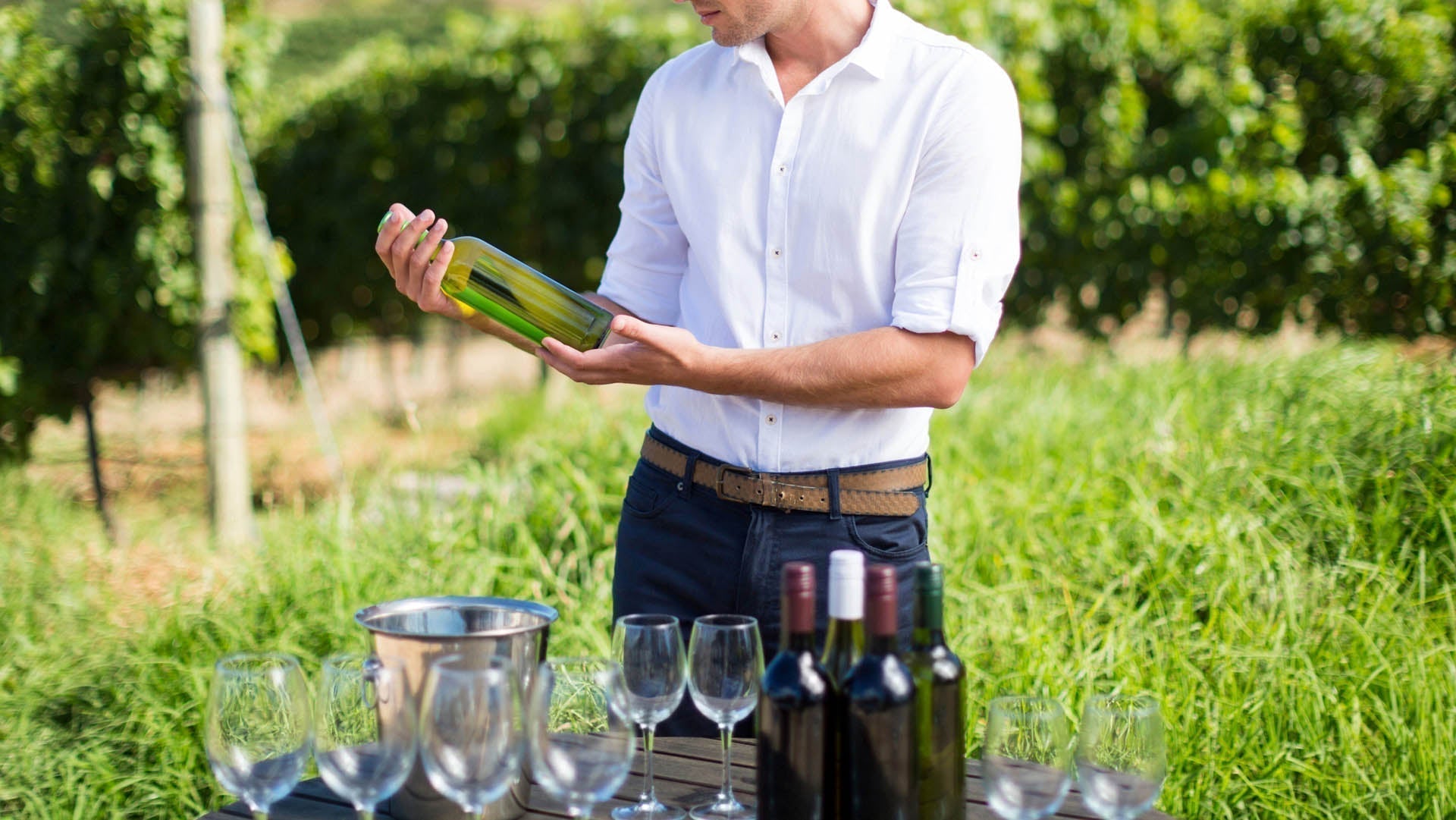
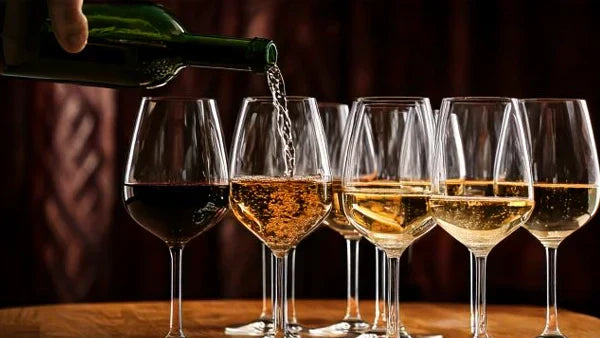
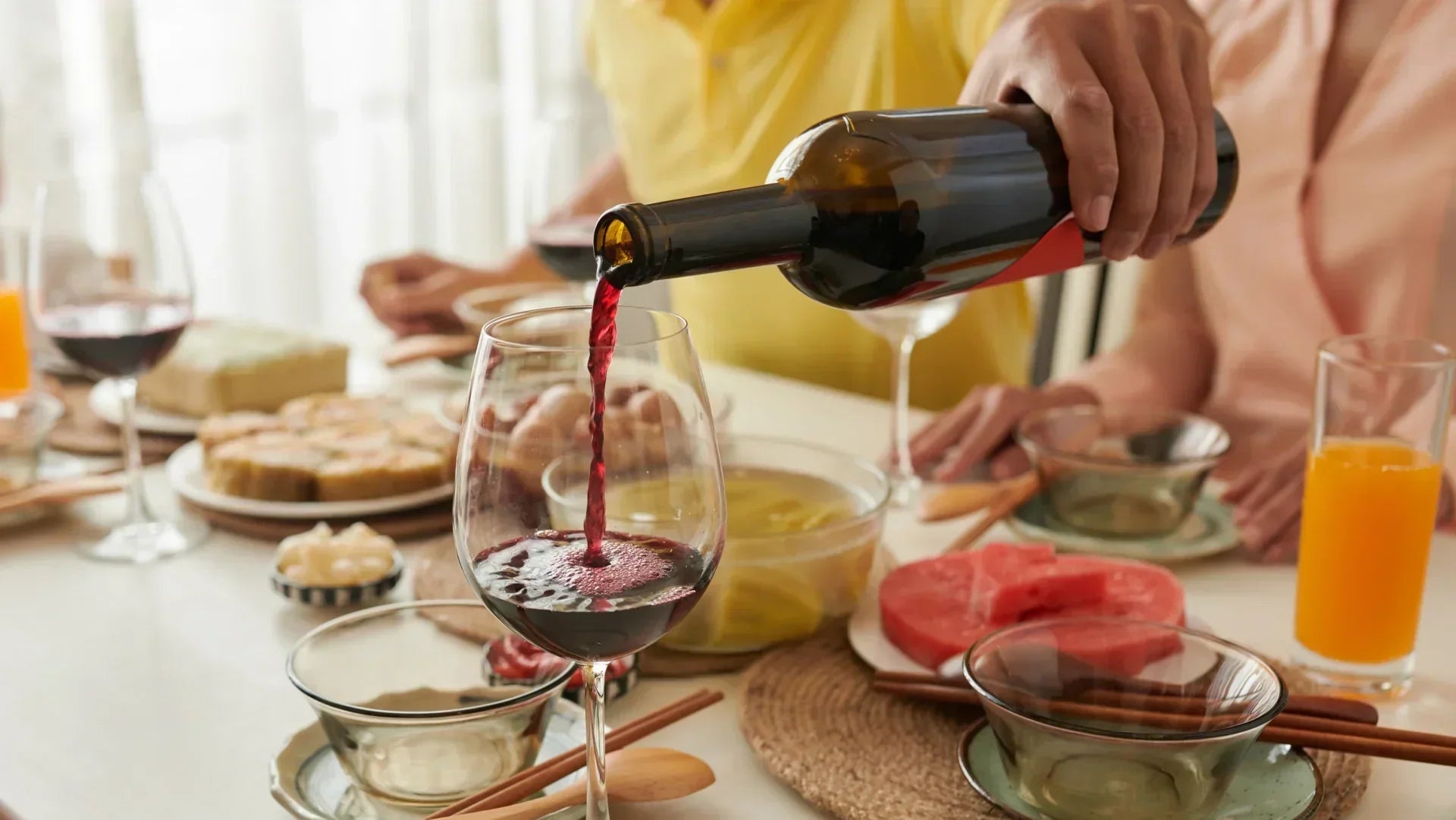







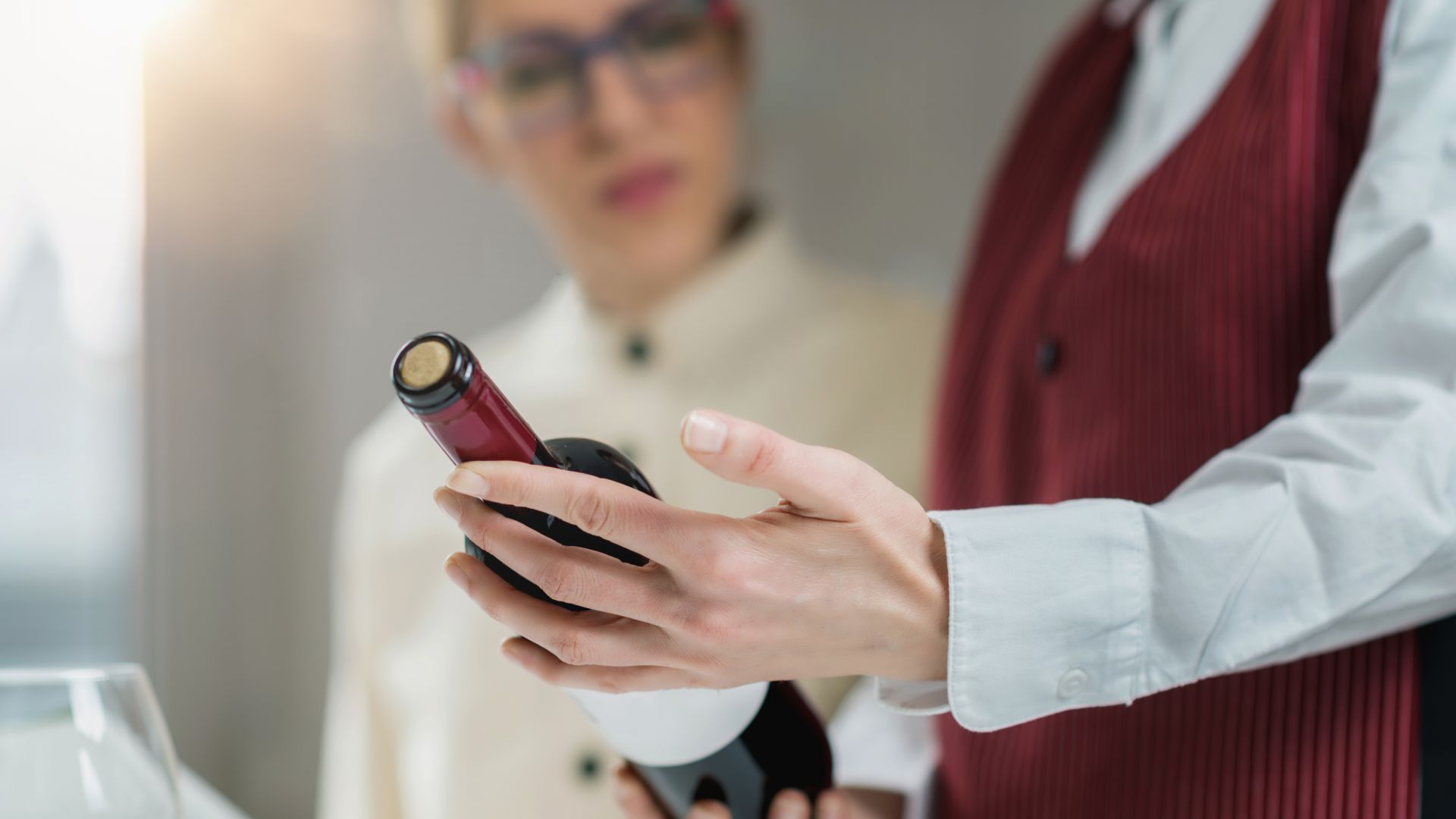
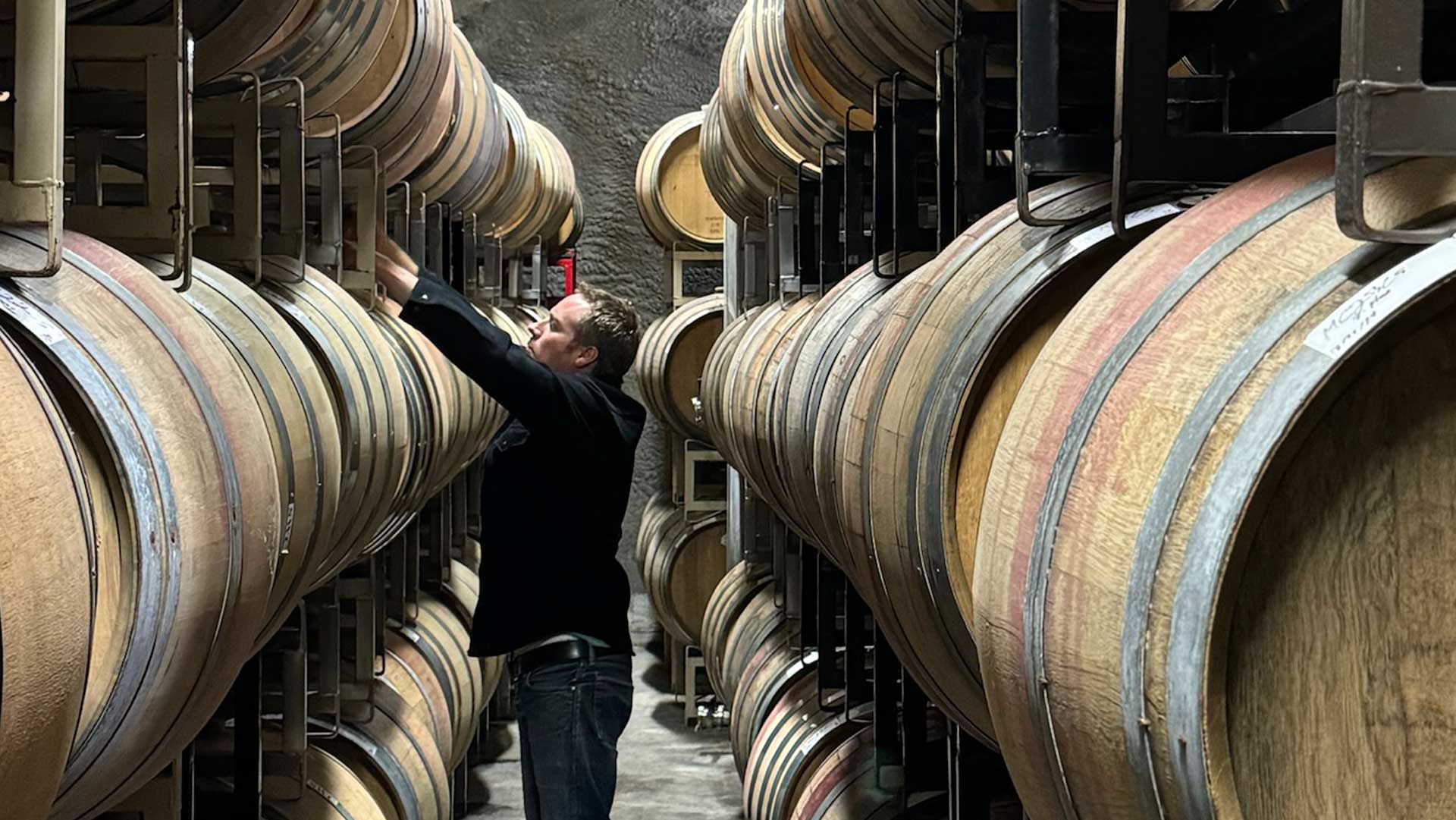
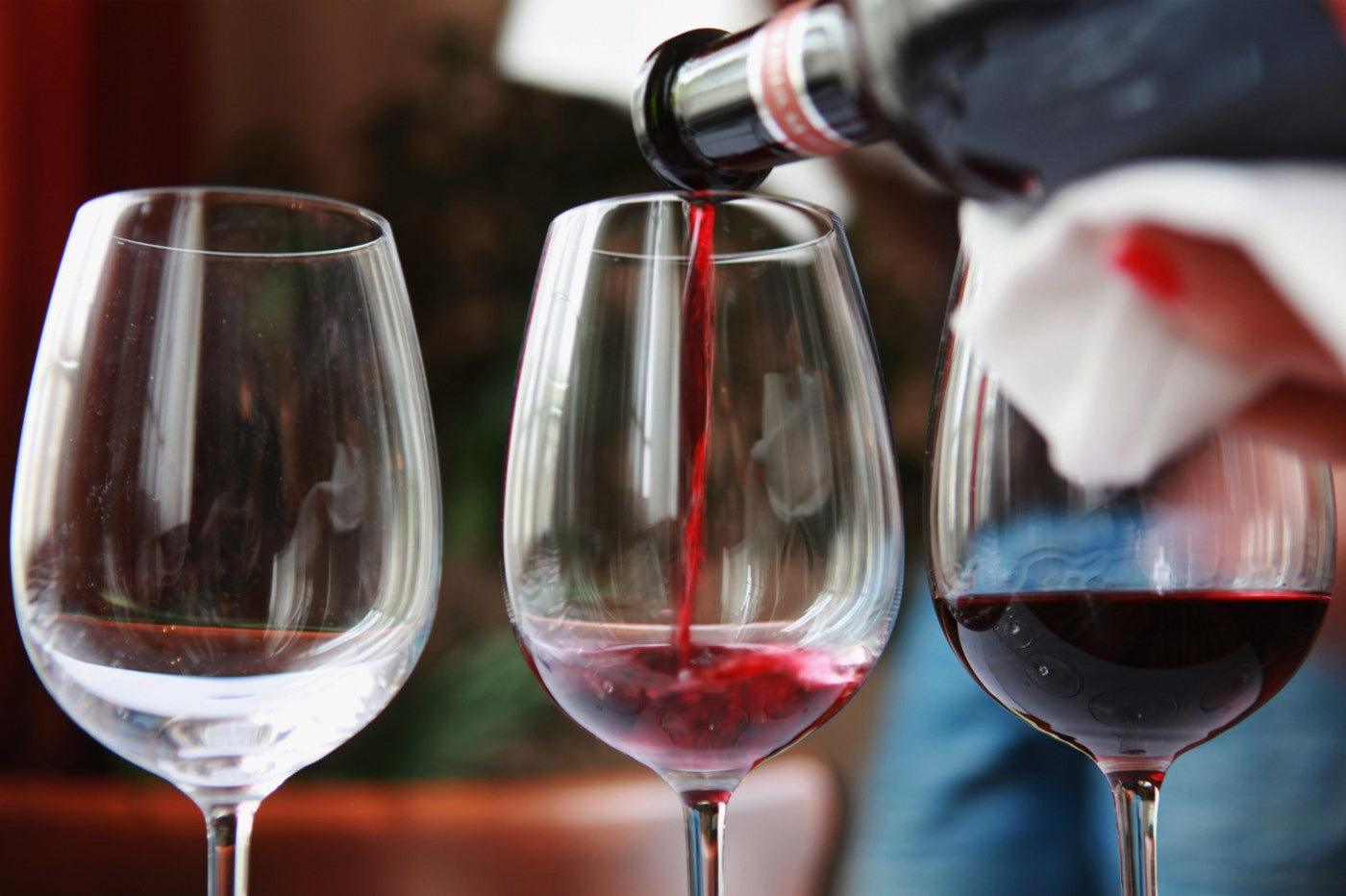
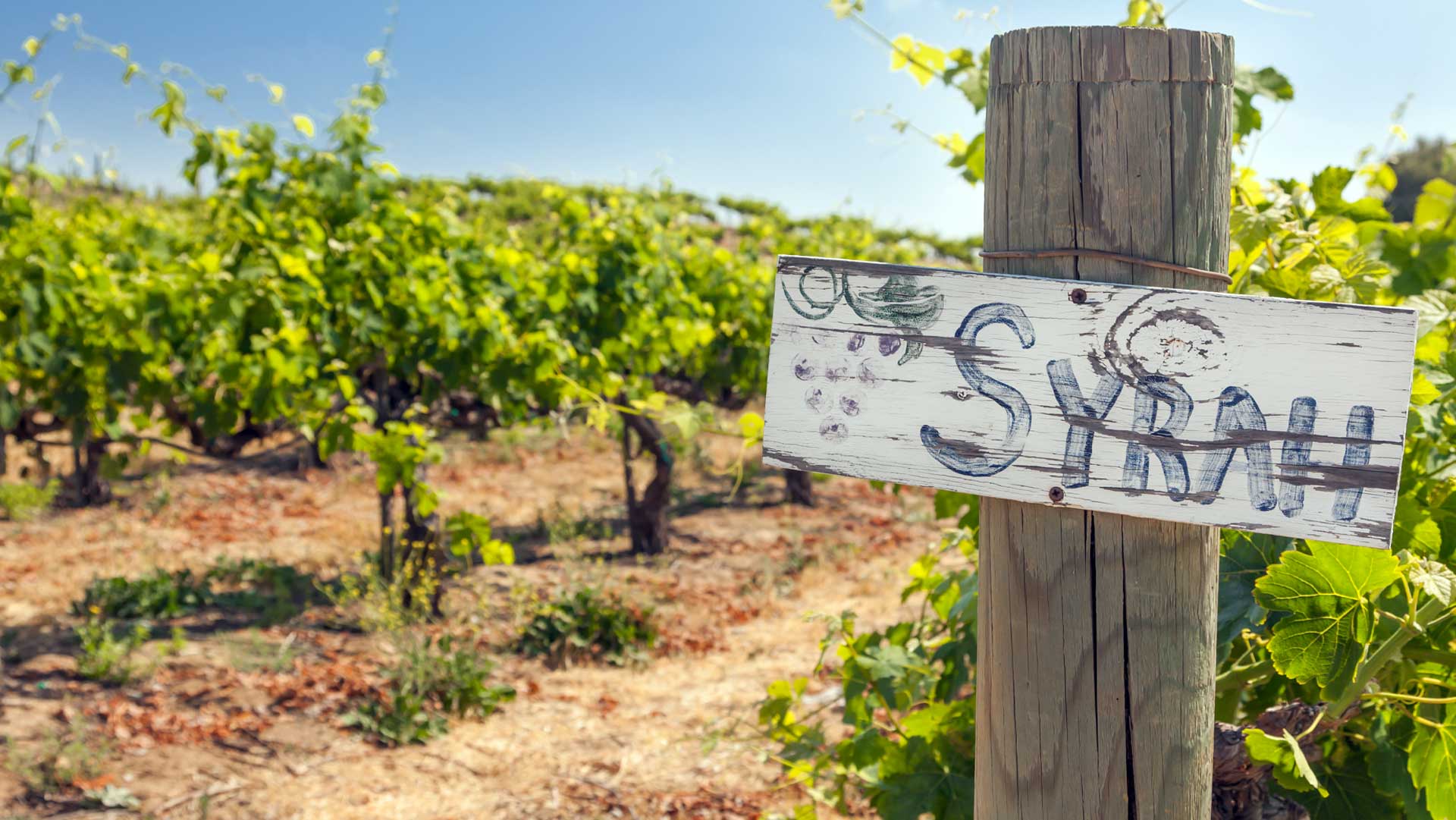

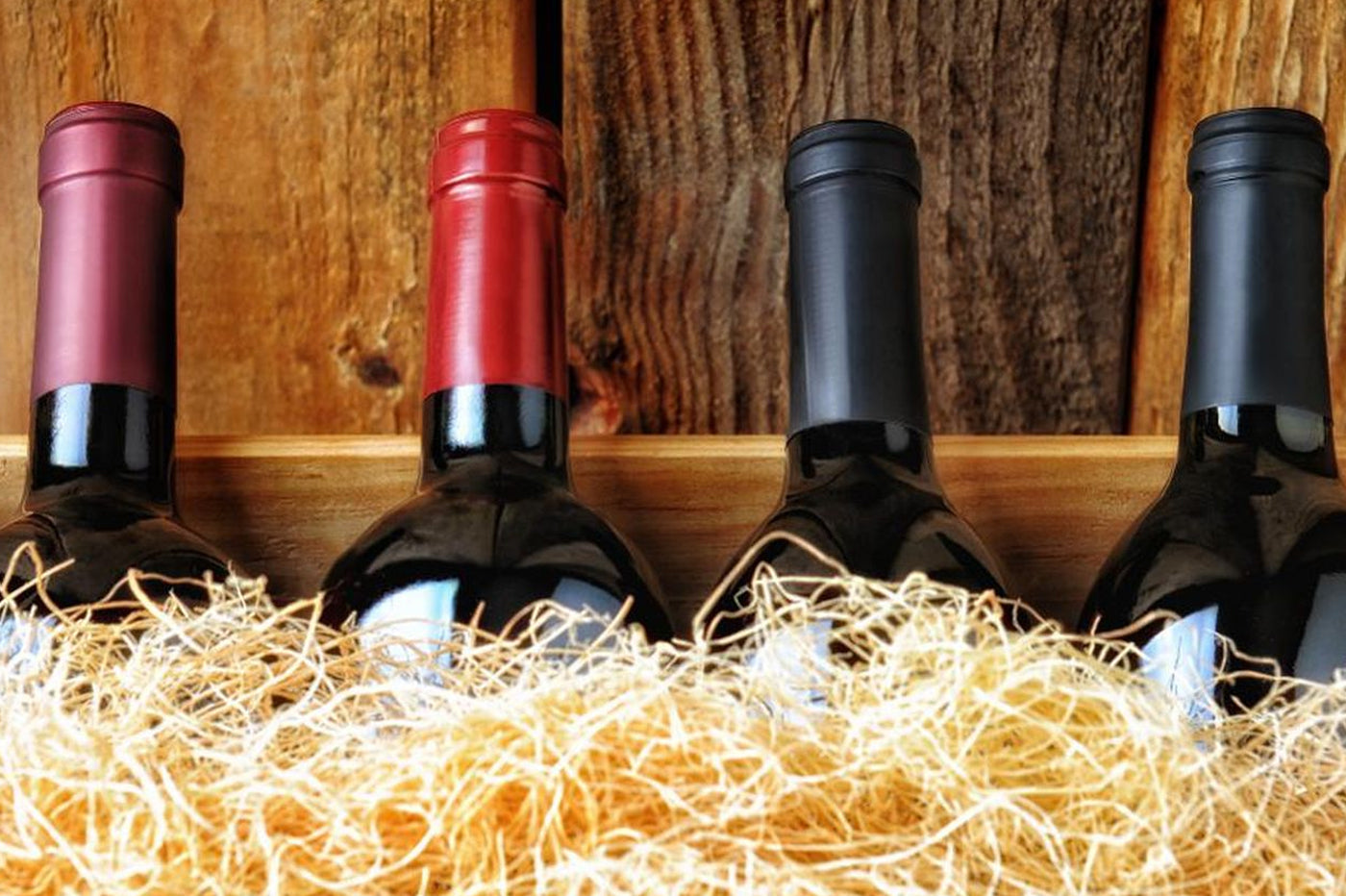
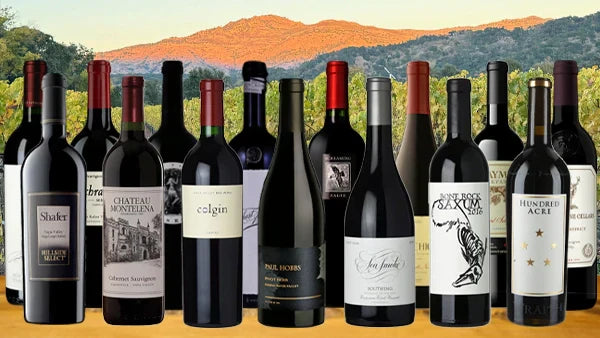
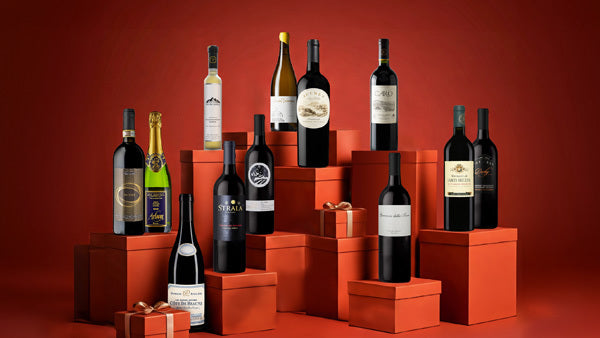
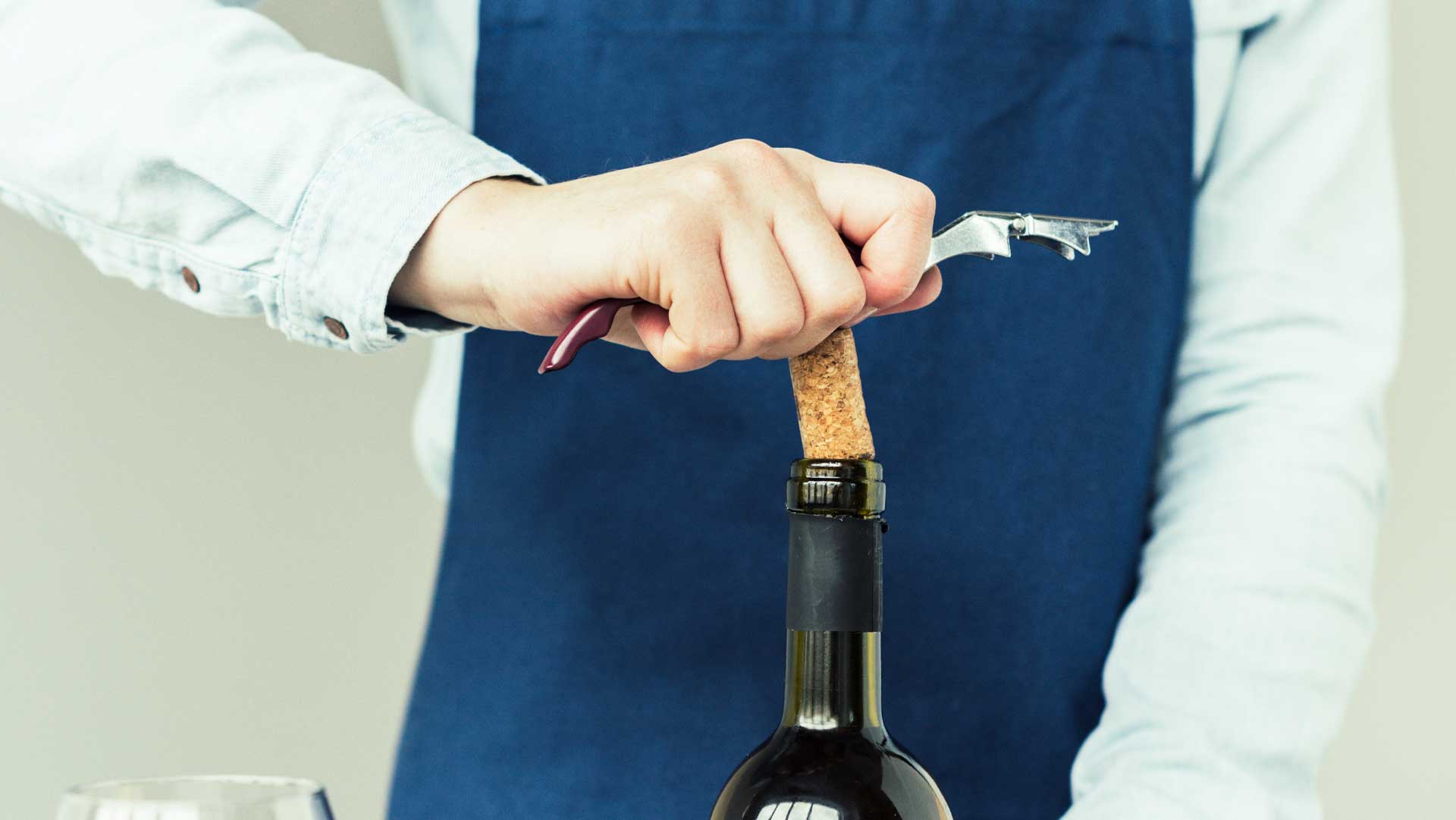

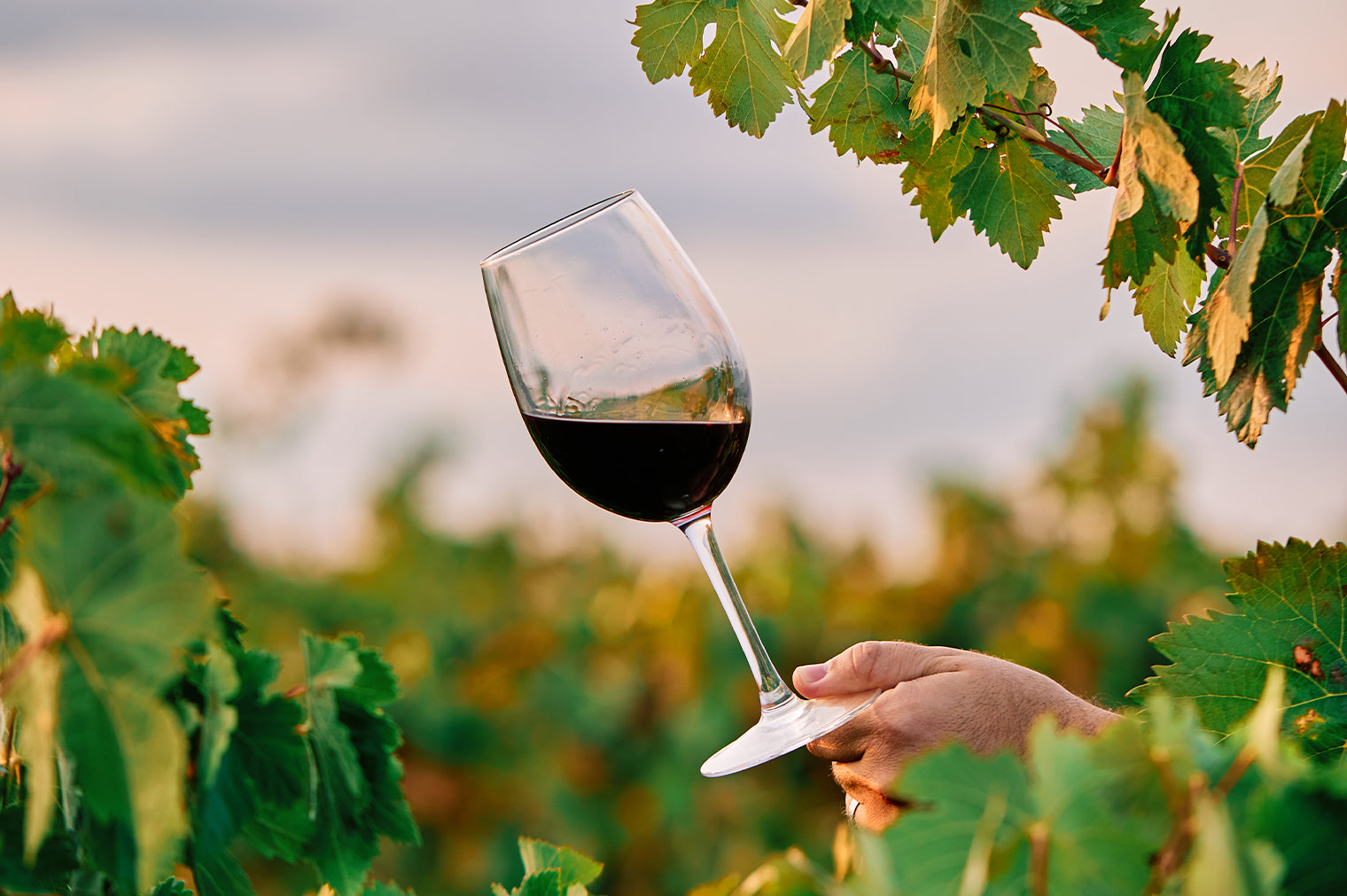
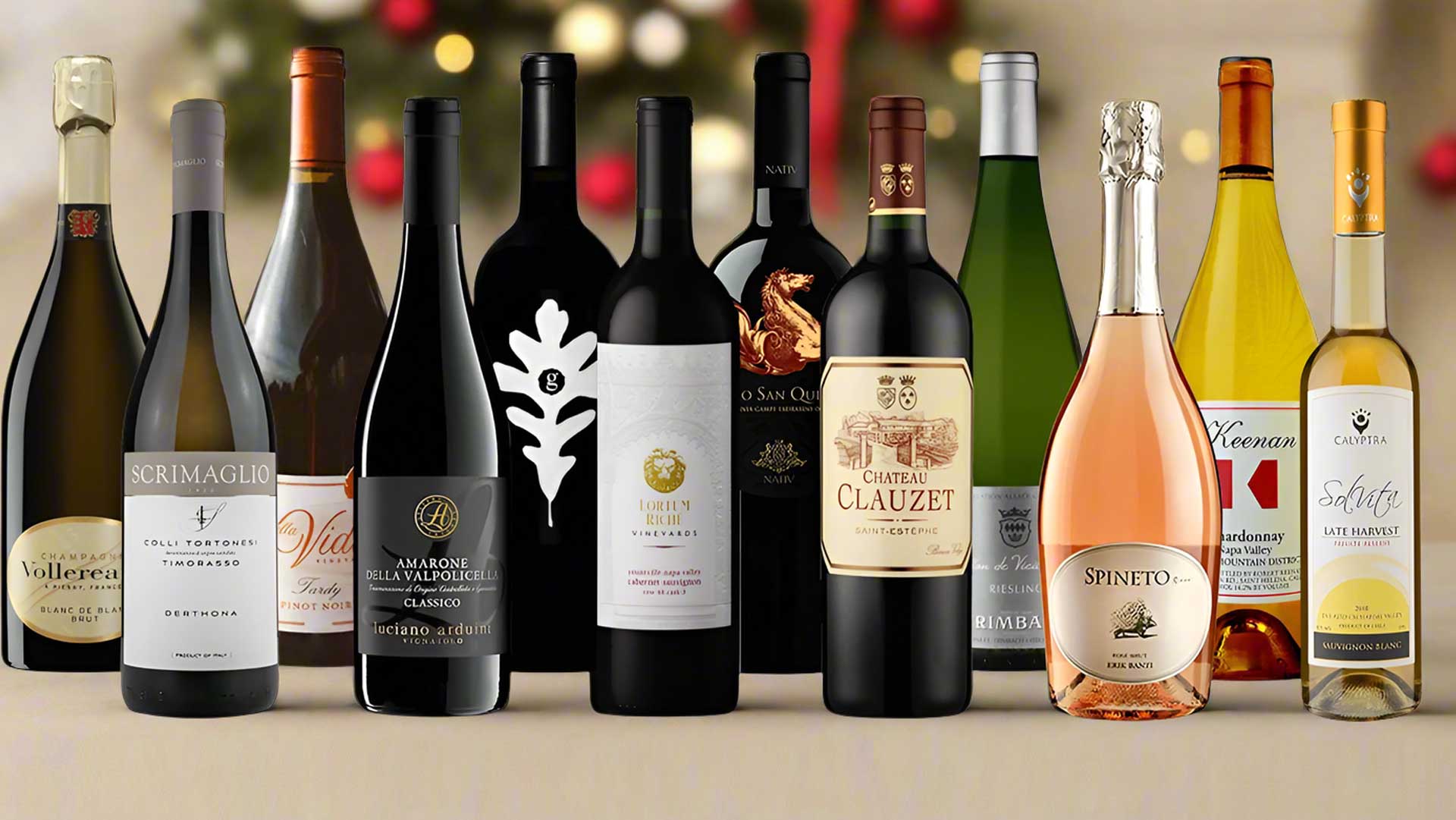
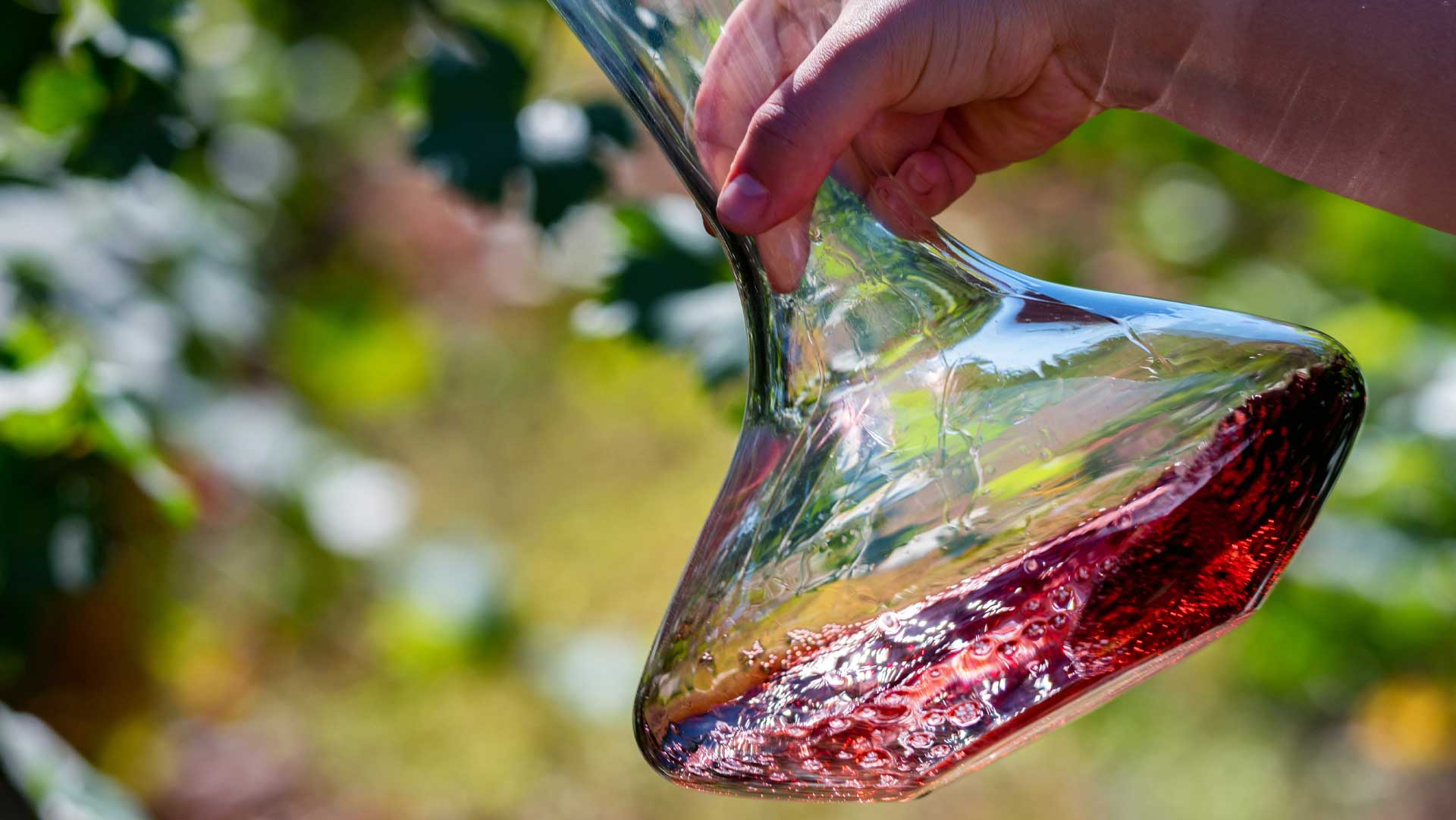


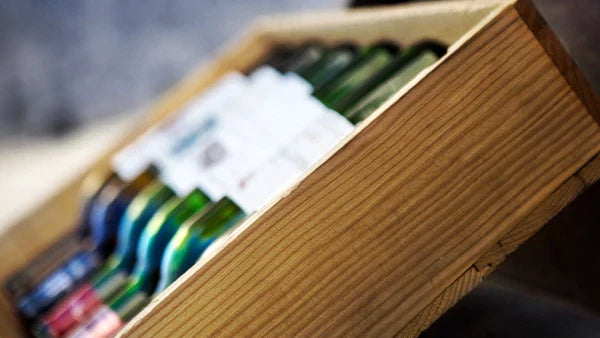
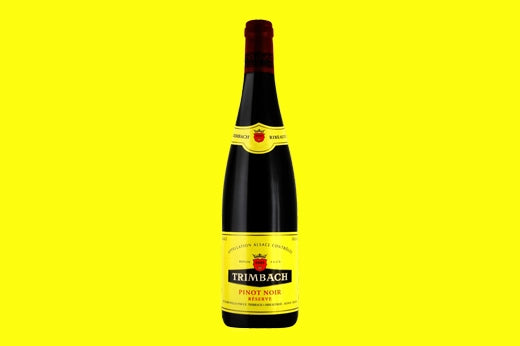
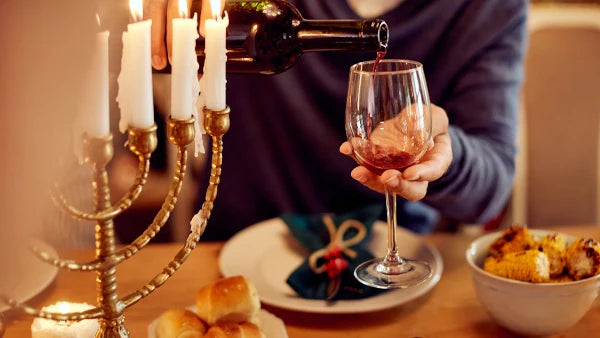

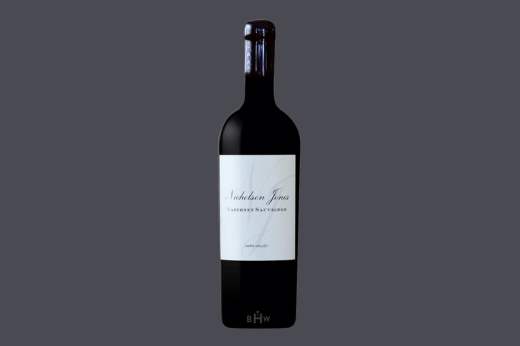

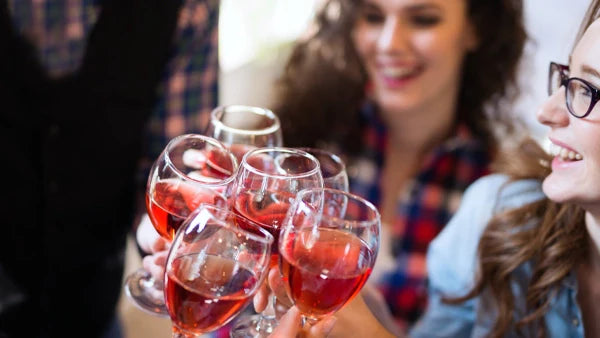
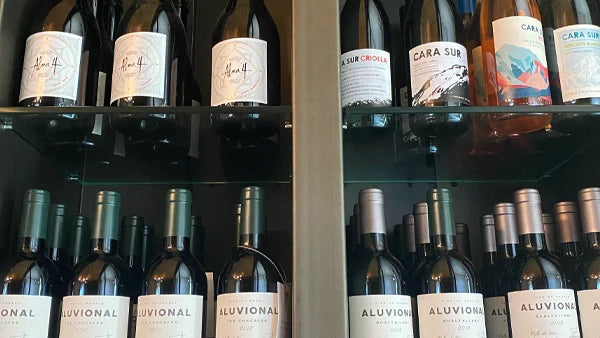






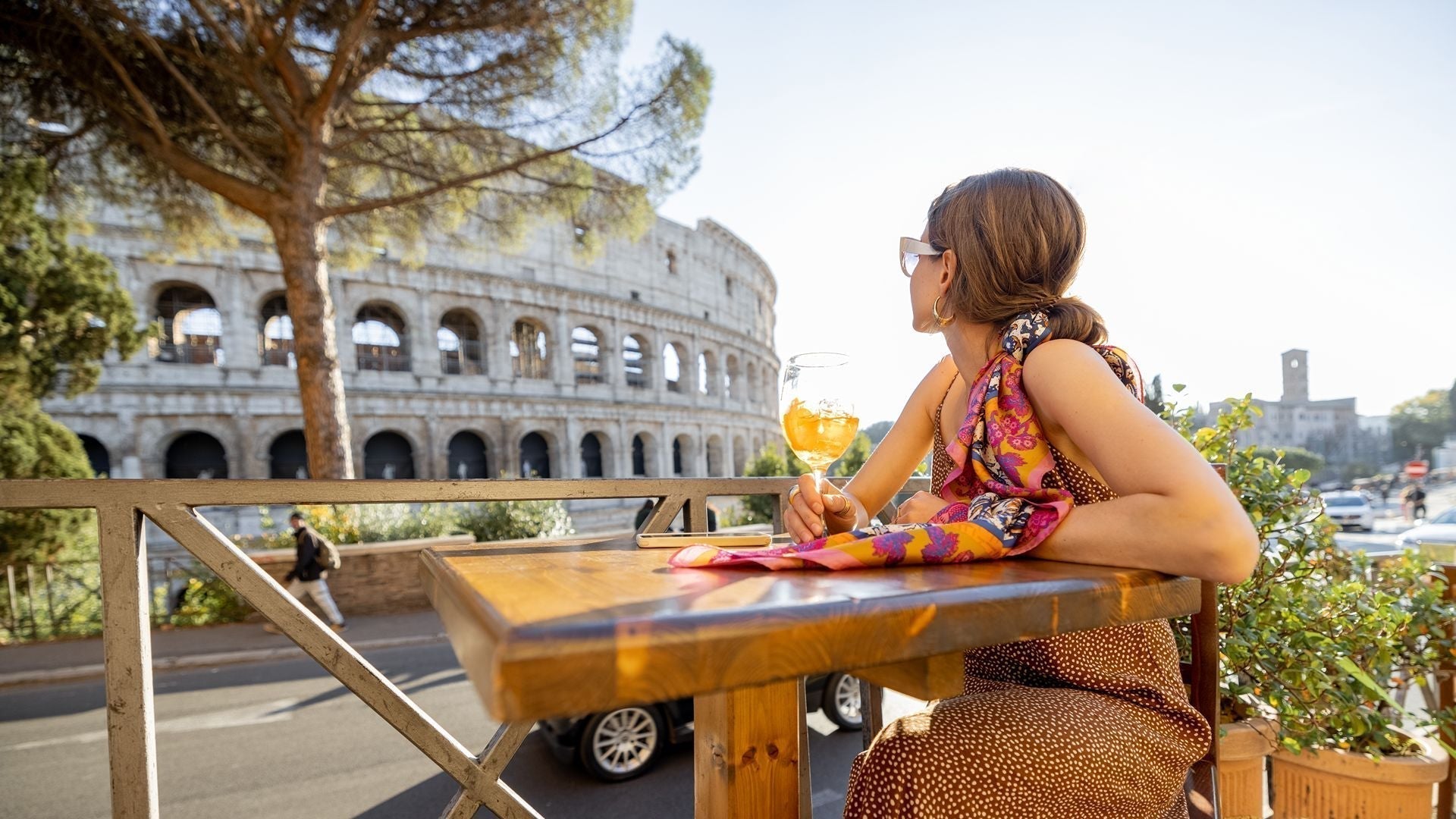




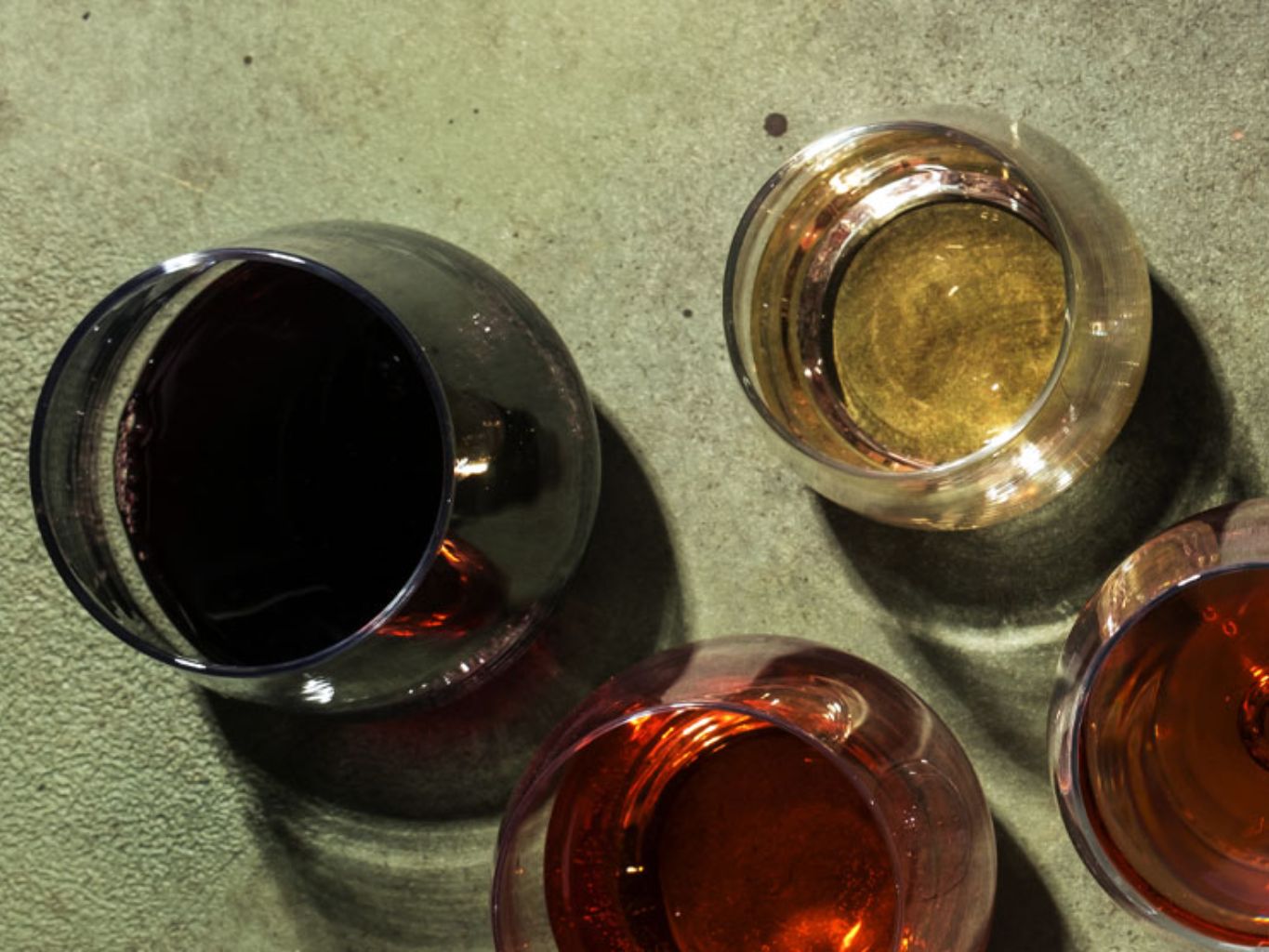


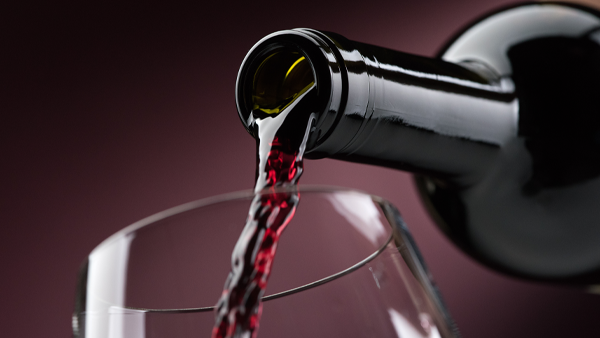



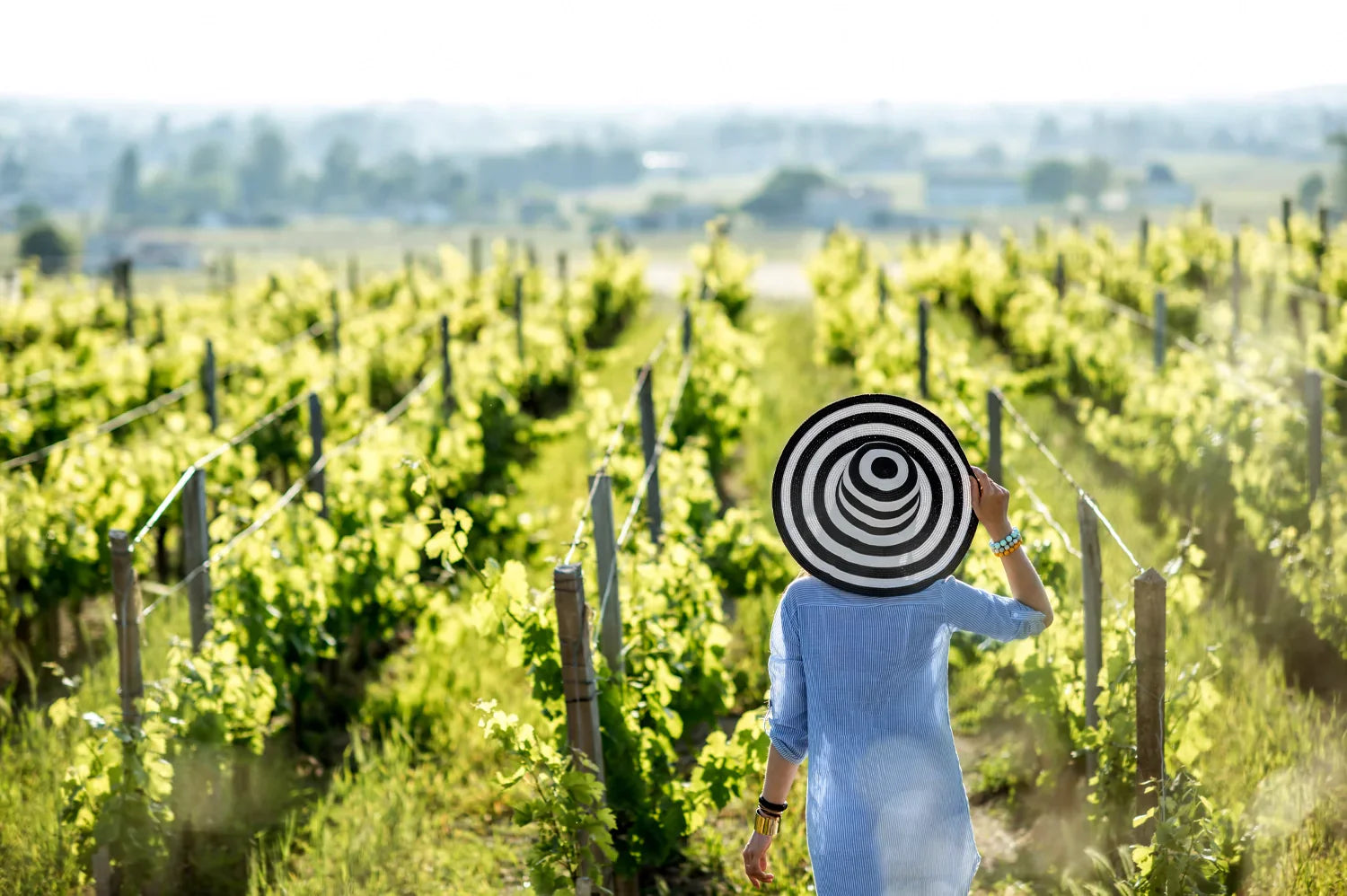


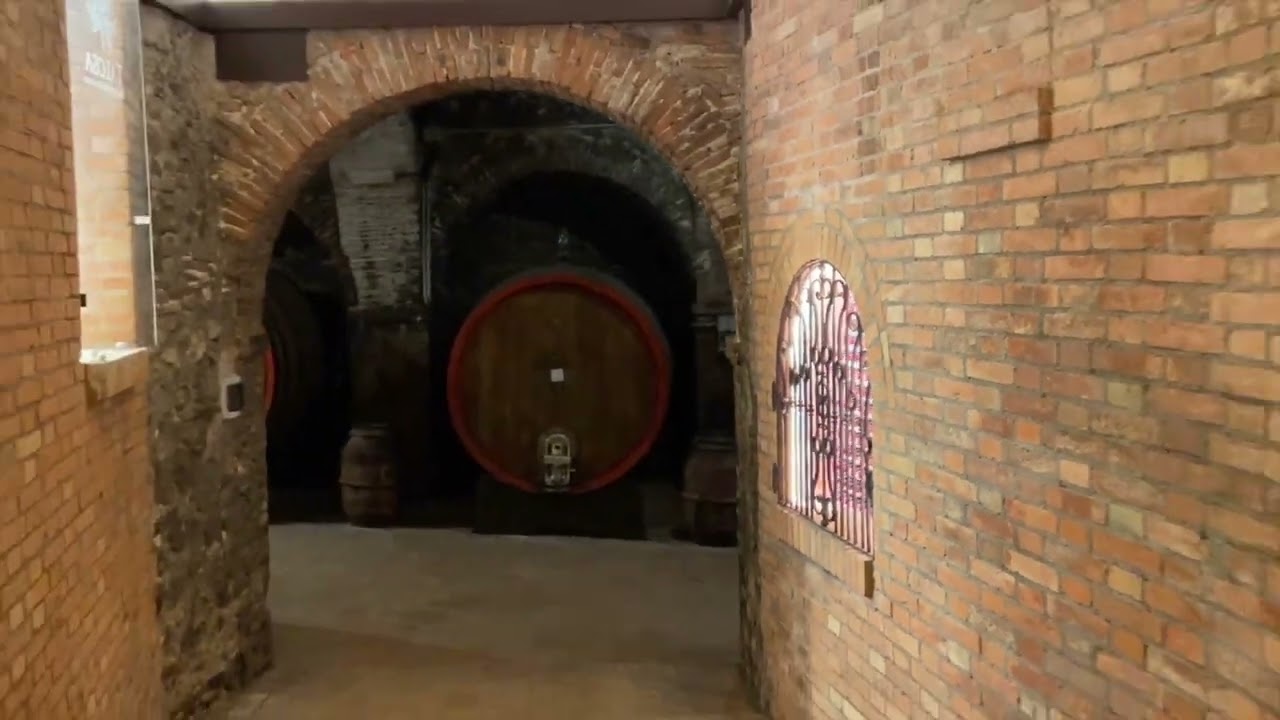
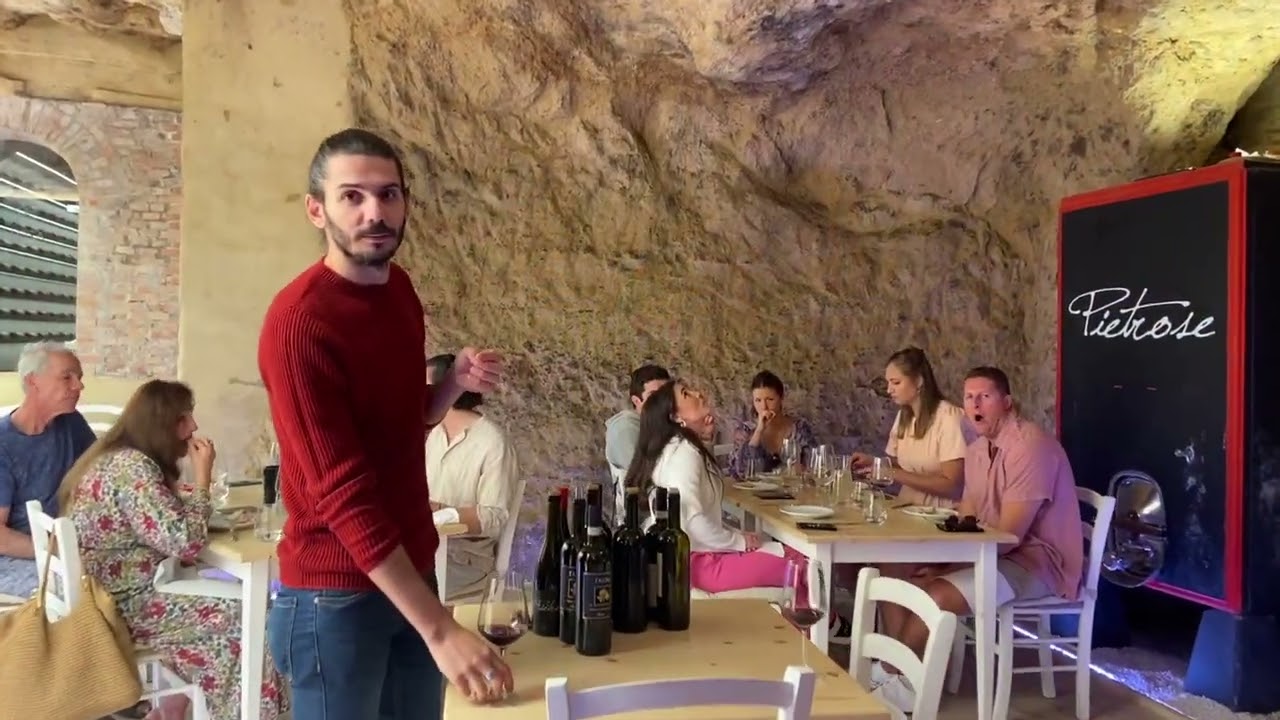
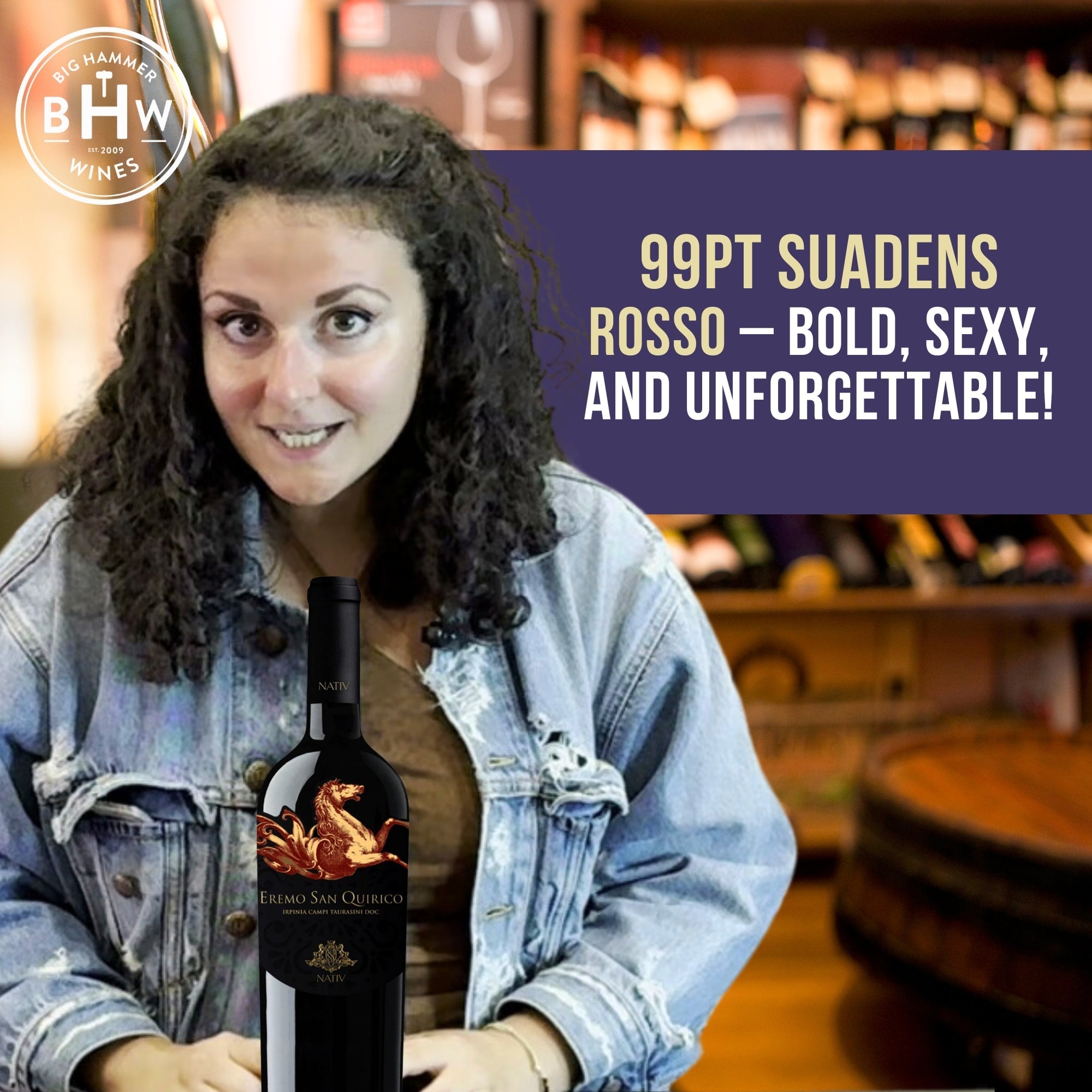
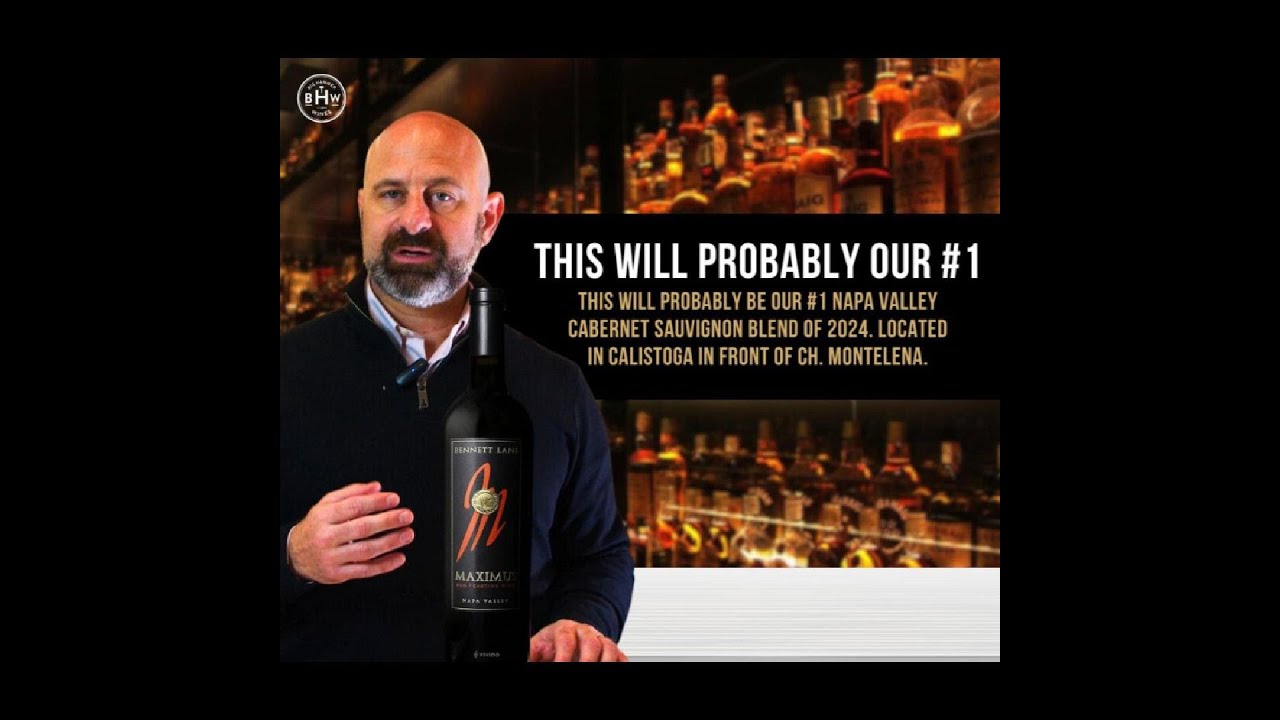
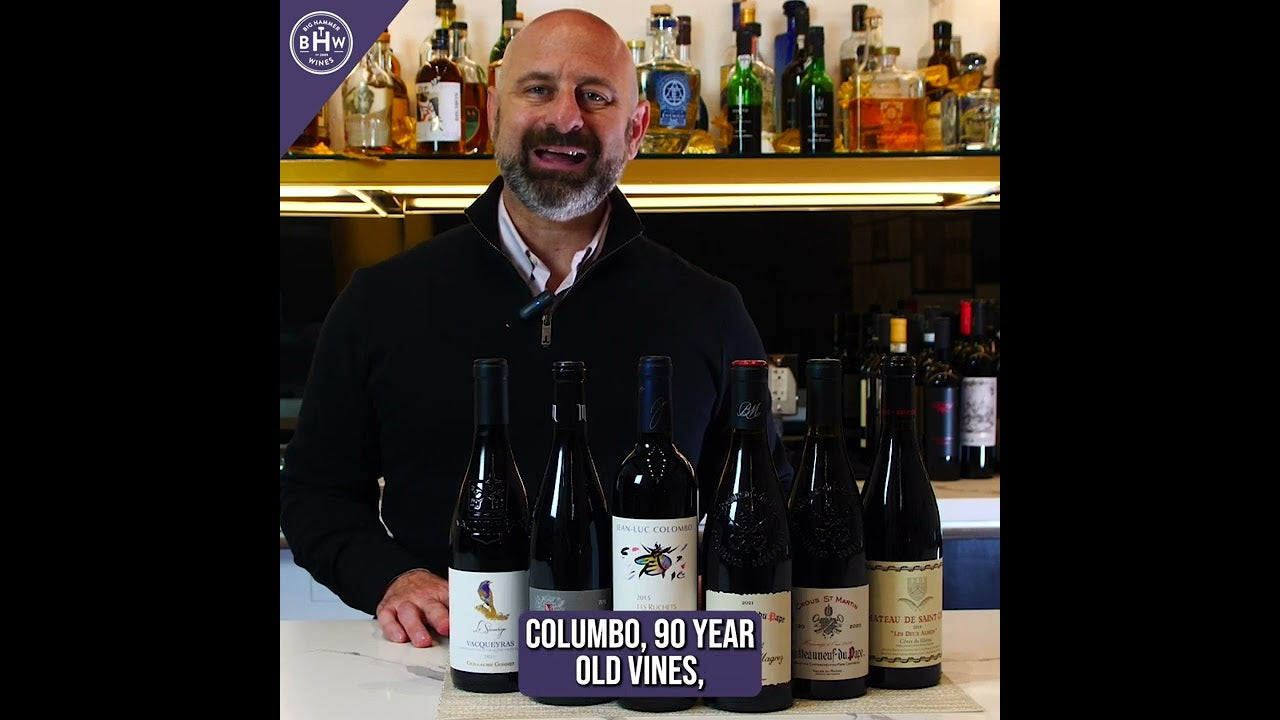
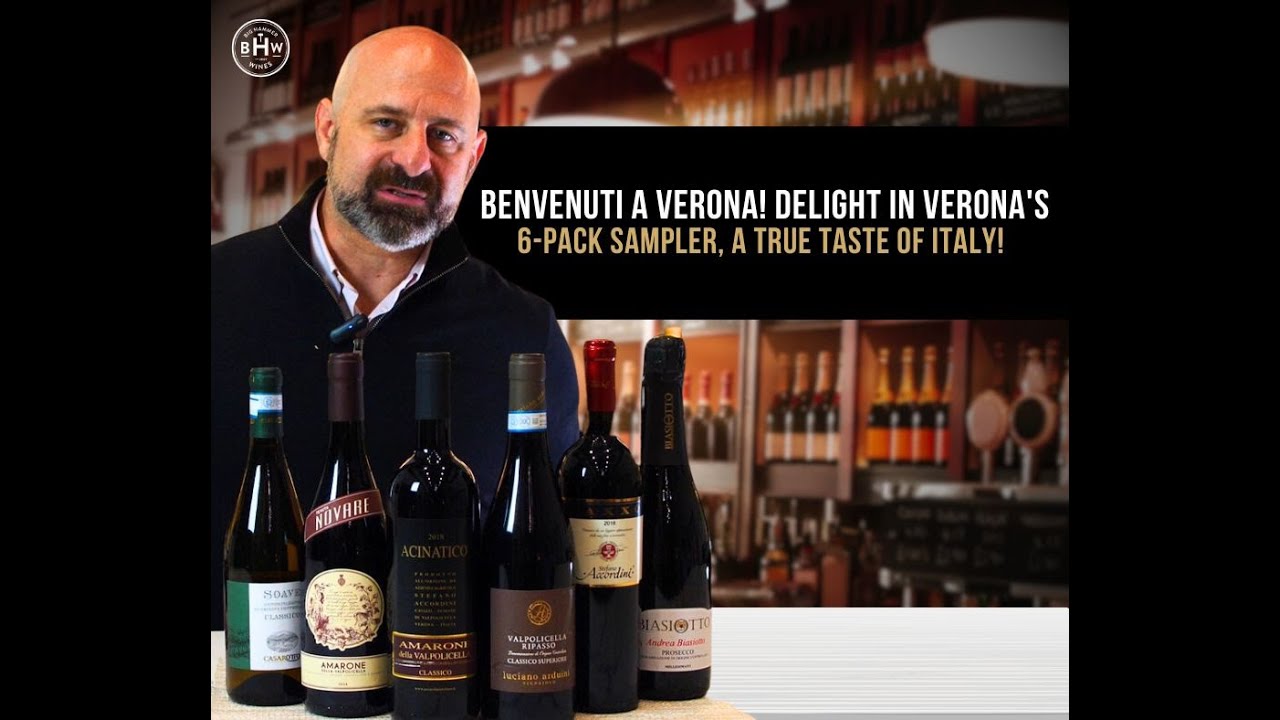
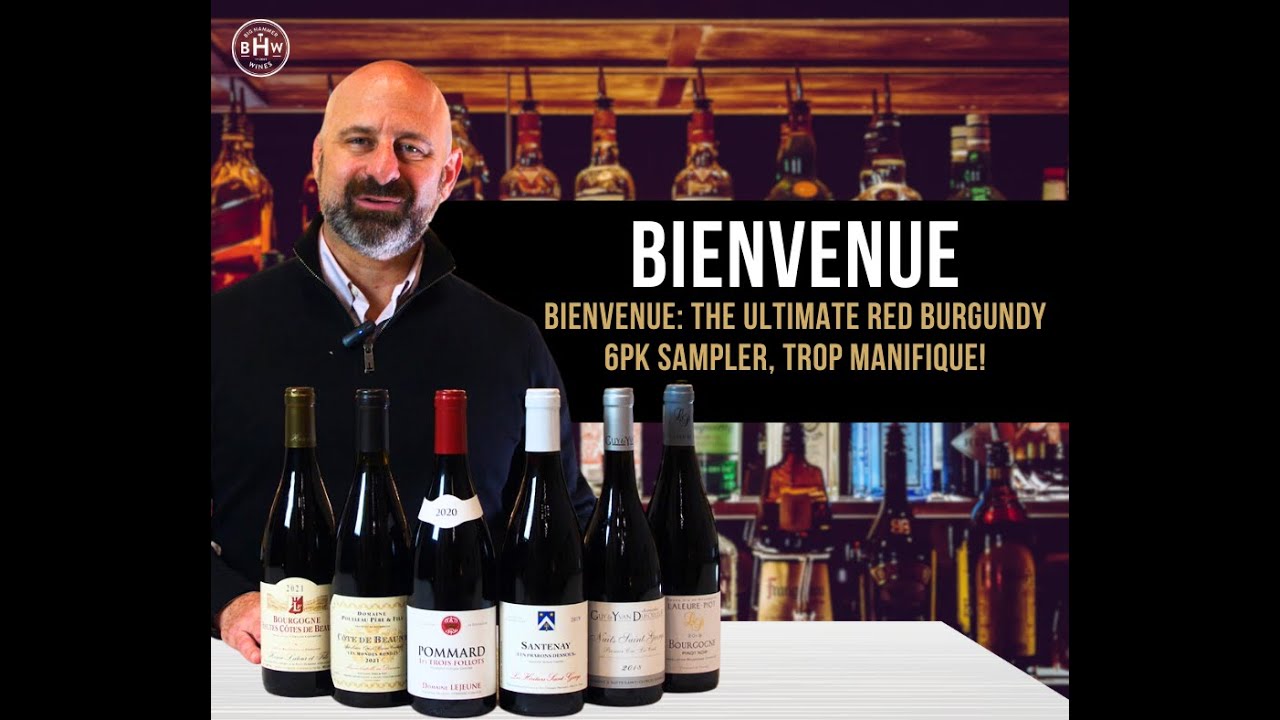
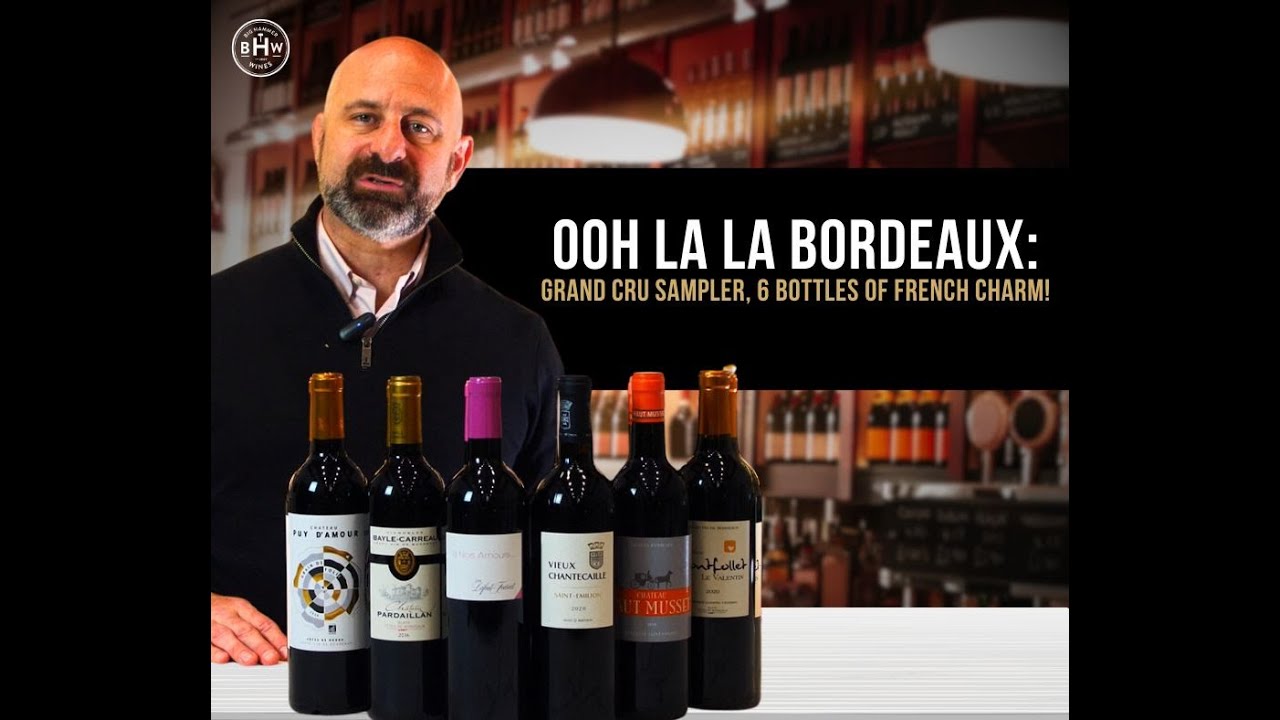

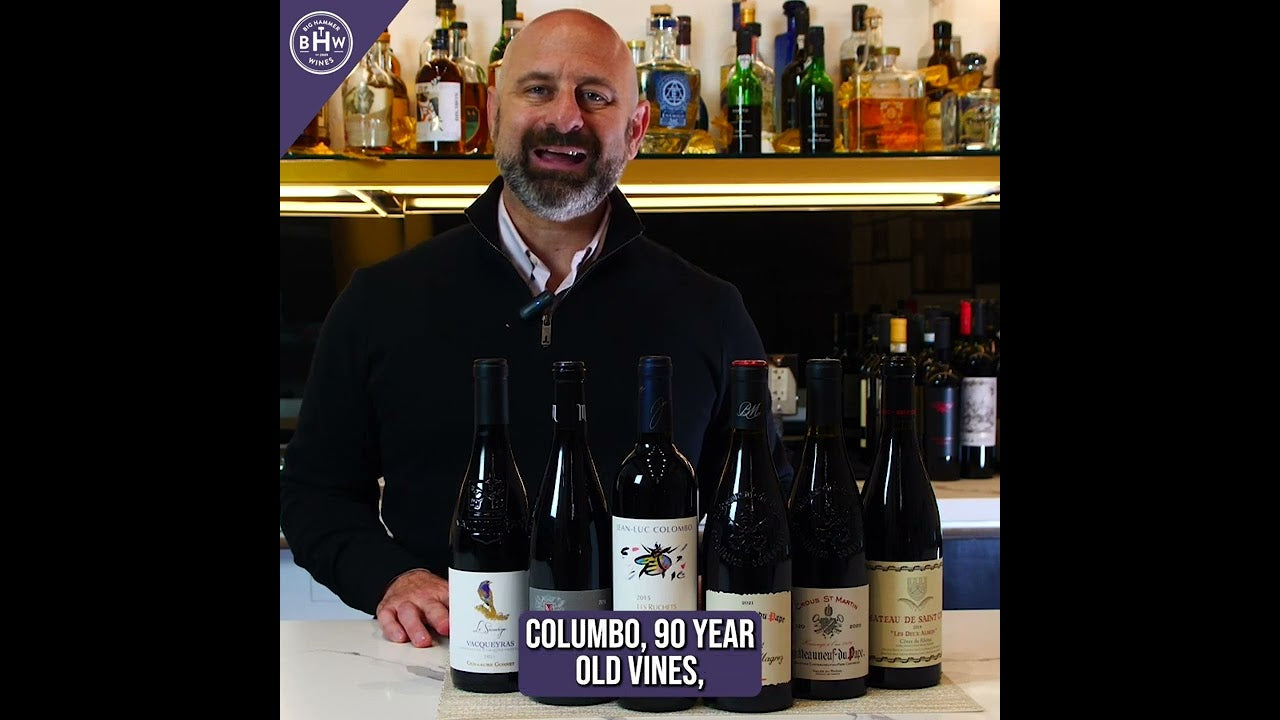

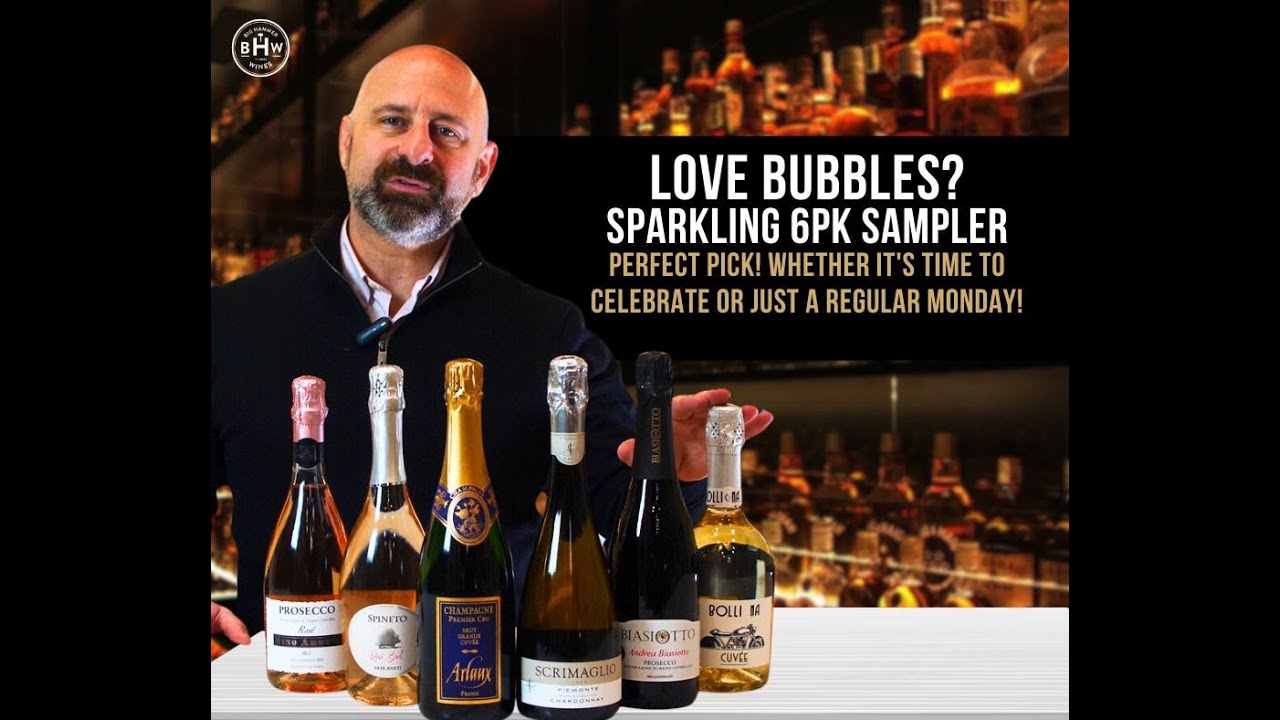
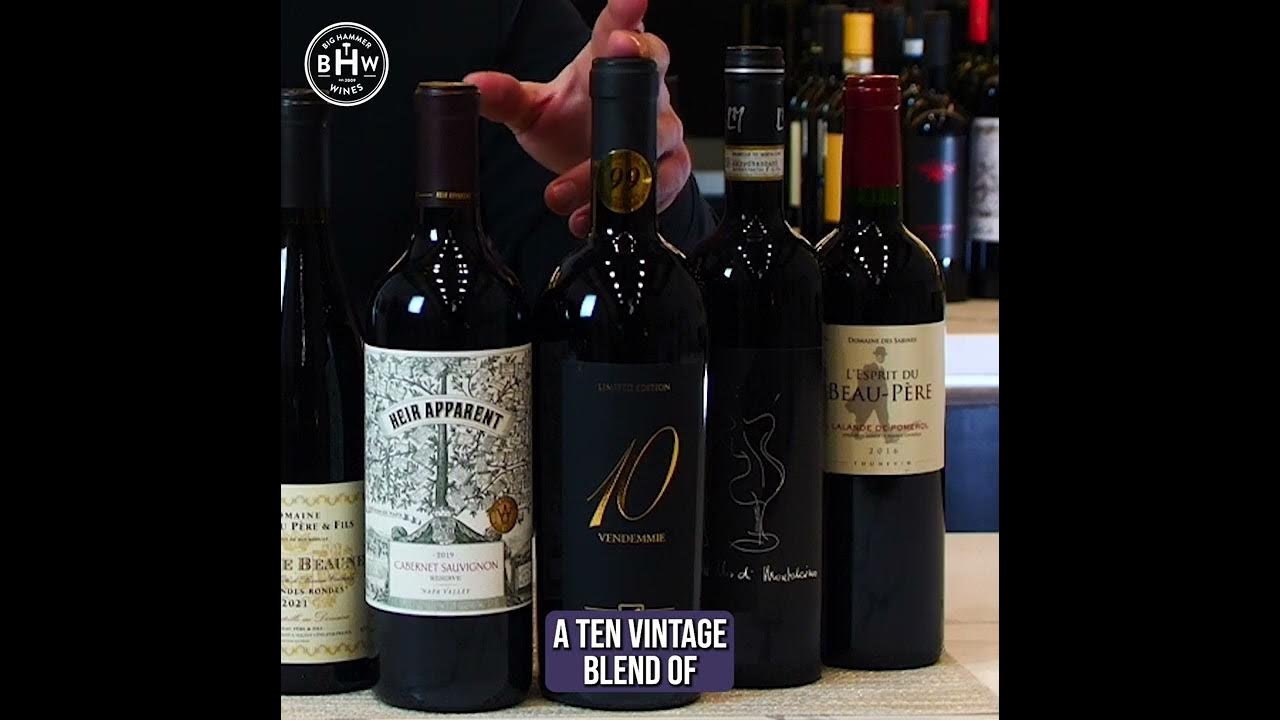
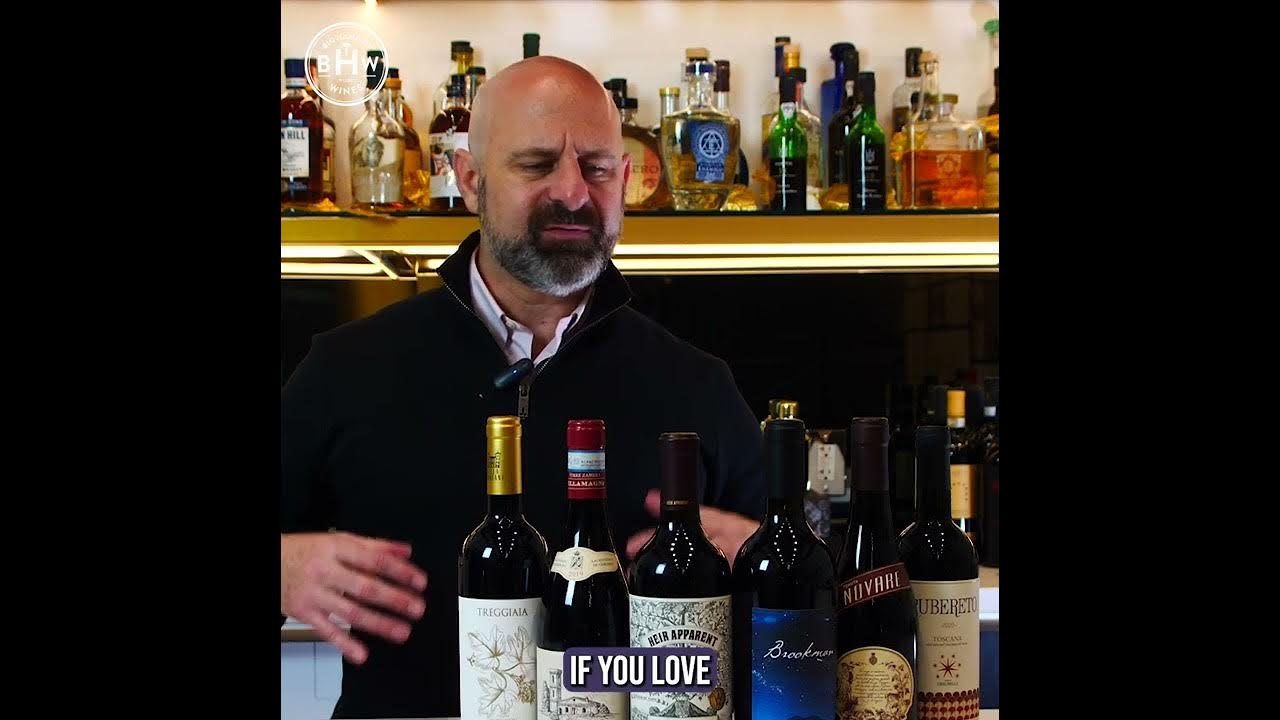

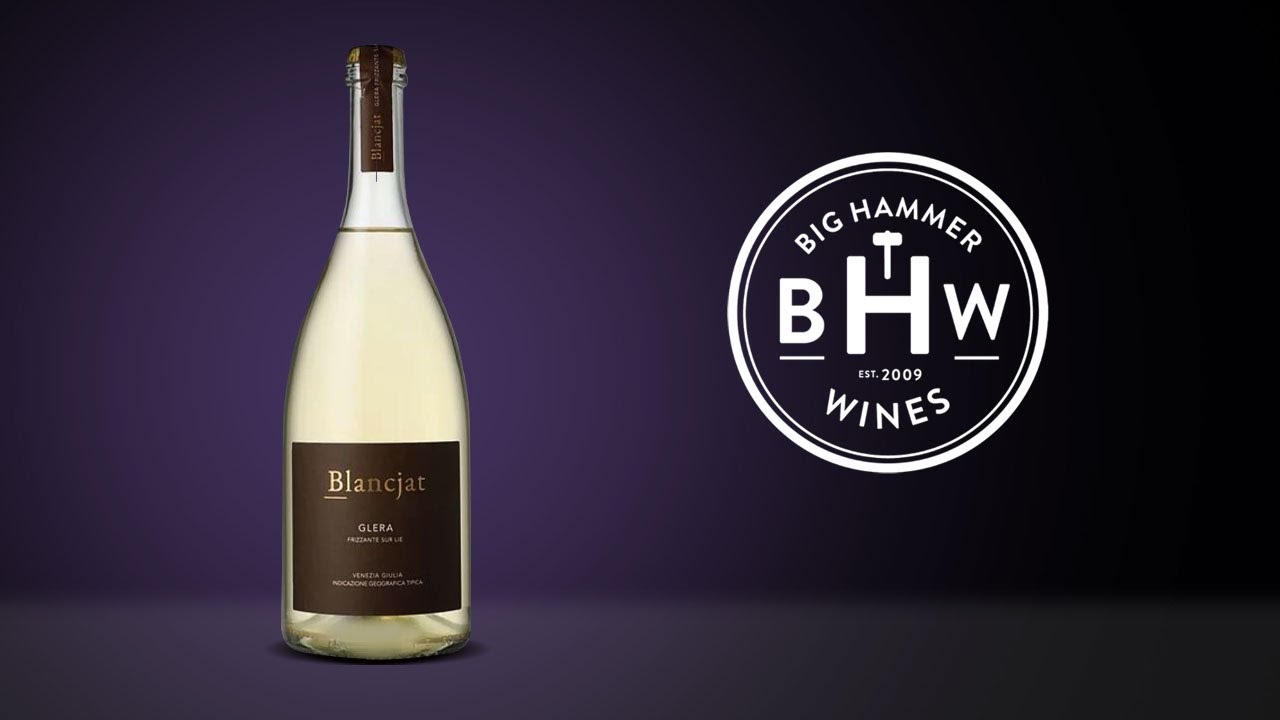

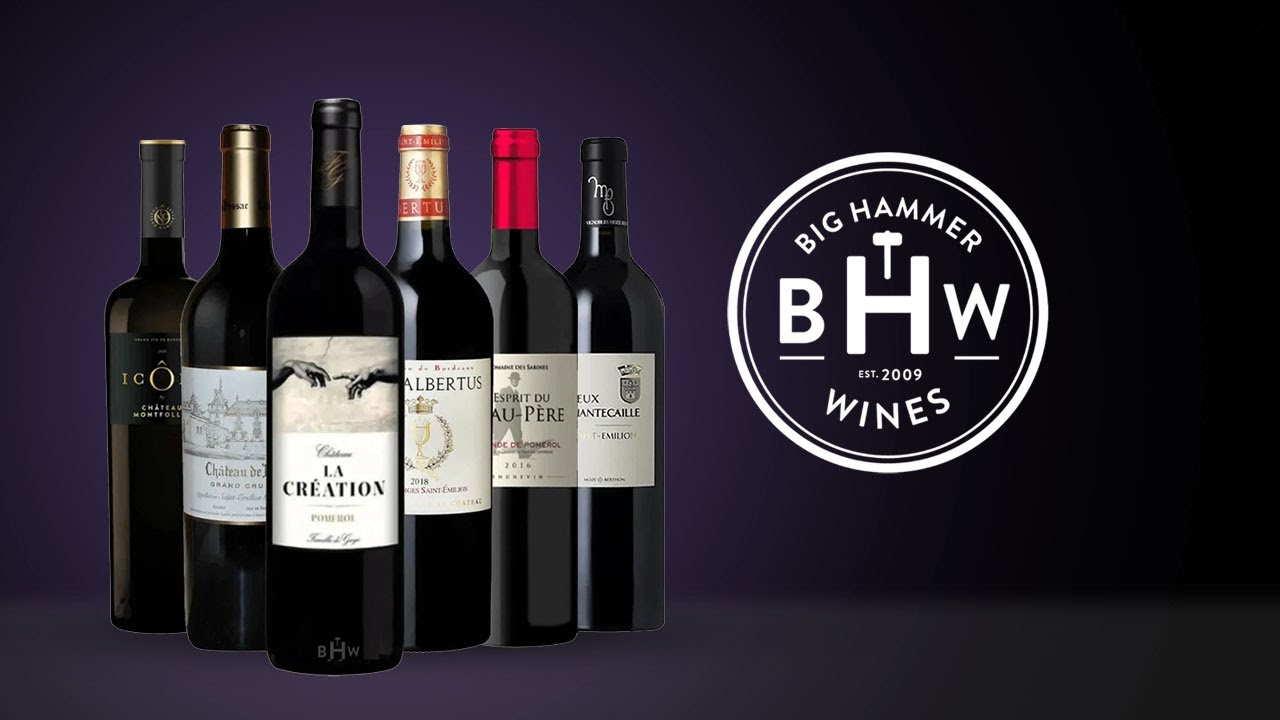
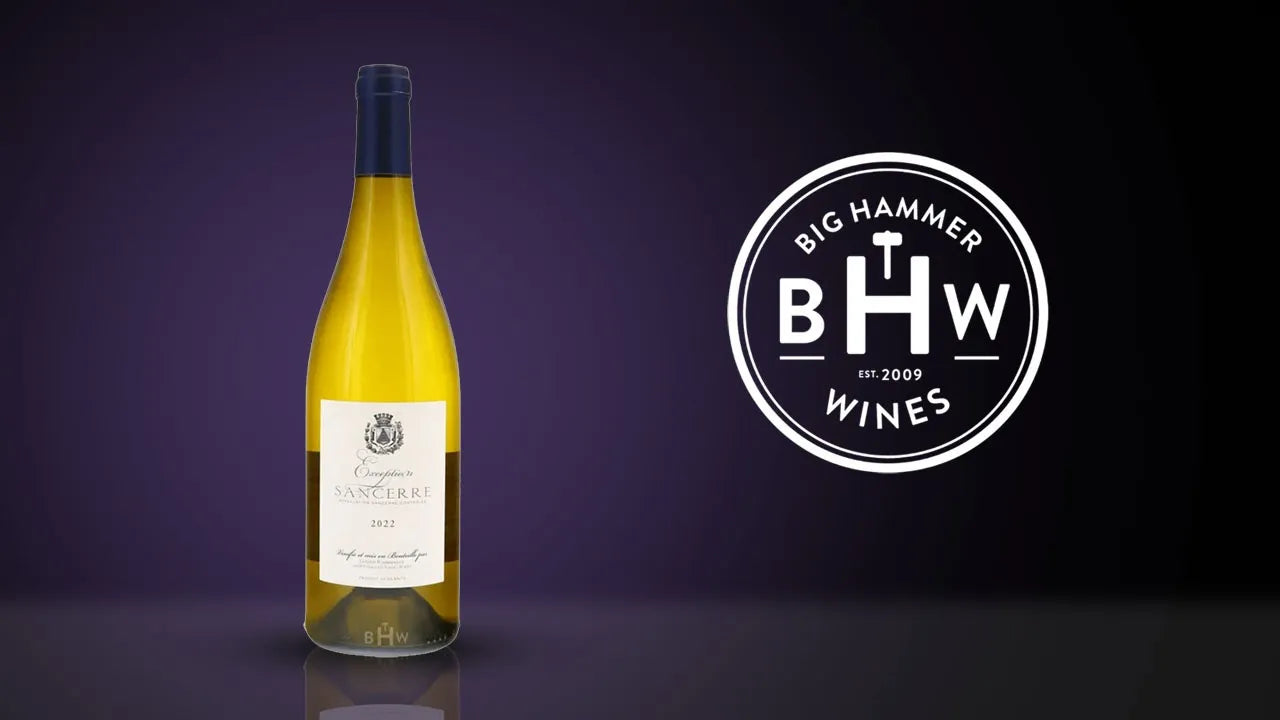

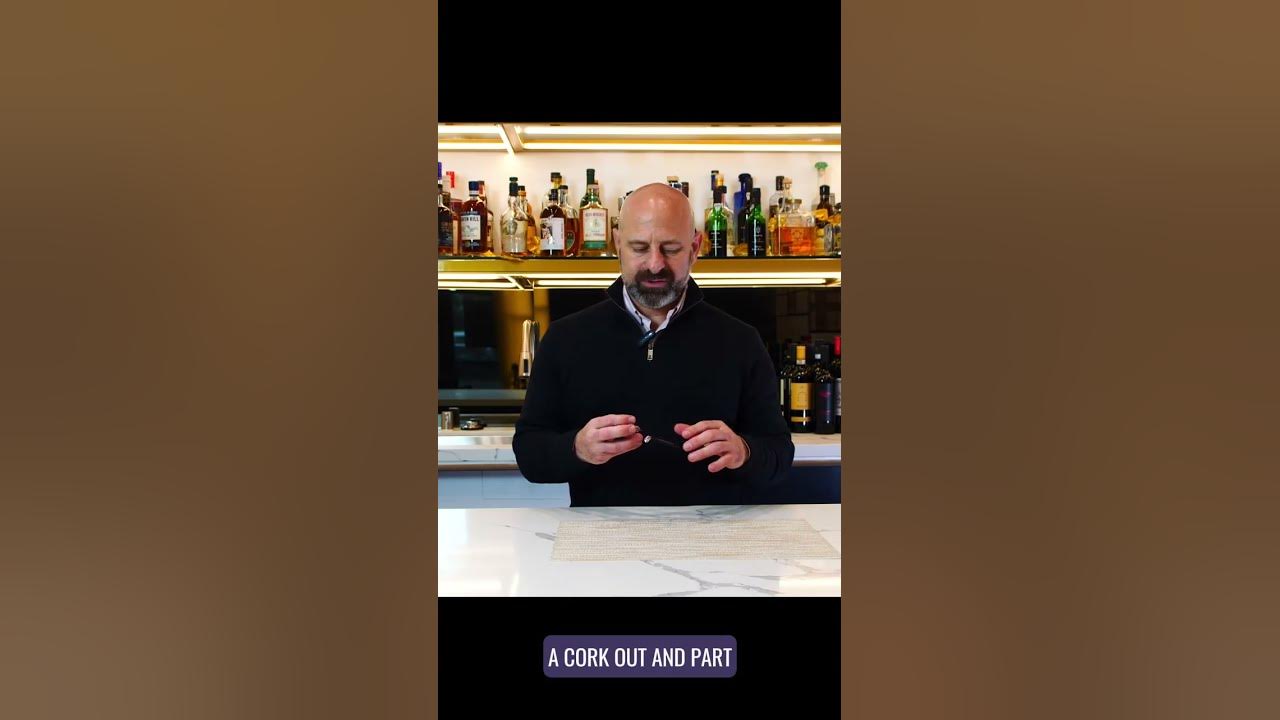
Share:
Why is Cheese Always Paired With Wine?
What Does it Take to Make a Great Zinfandel?
Comments Section